This week on Tuesday, as part of the Apple Event, we saw the presentation of the new "twelve" iPhones. To be precise, Apple specifically launched the iPhone 12 mini, iPhone 12, iPhone 12 Pro and iPhone 12 Pro Max. A few hours ago, we already brought you a comparison of the iPhone 12 Pro vs. iPhone 12 - if you can't decide between these two models, be sure to read this article, see the link below. In this comparison, we'll take a look at the iPhone 12 vs. iPhone 11. Both of these models are still officially sold by Apple, so if you can't decide between them, keep reading.
It could be interest you
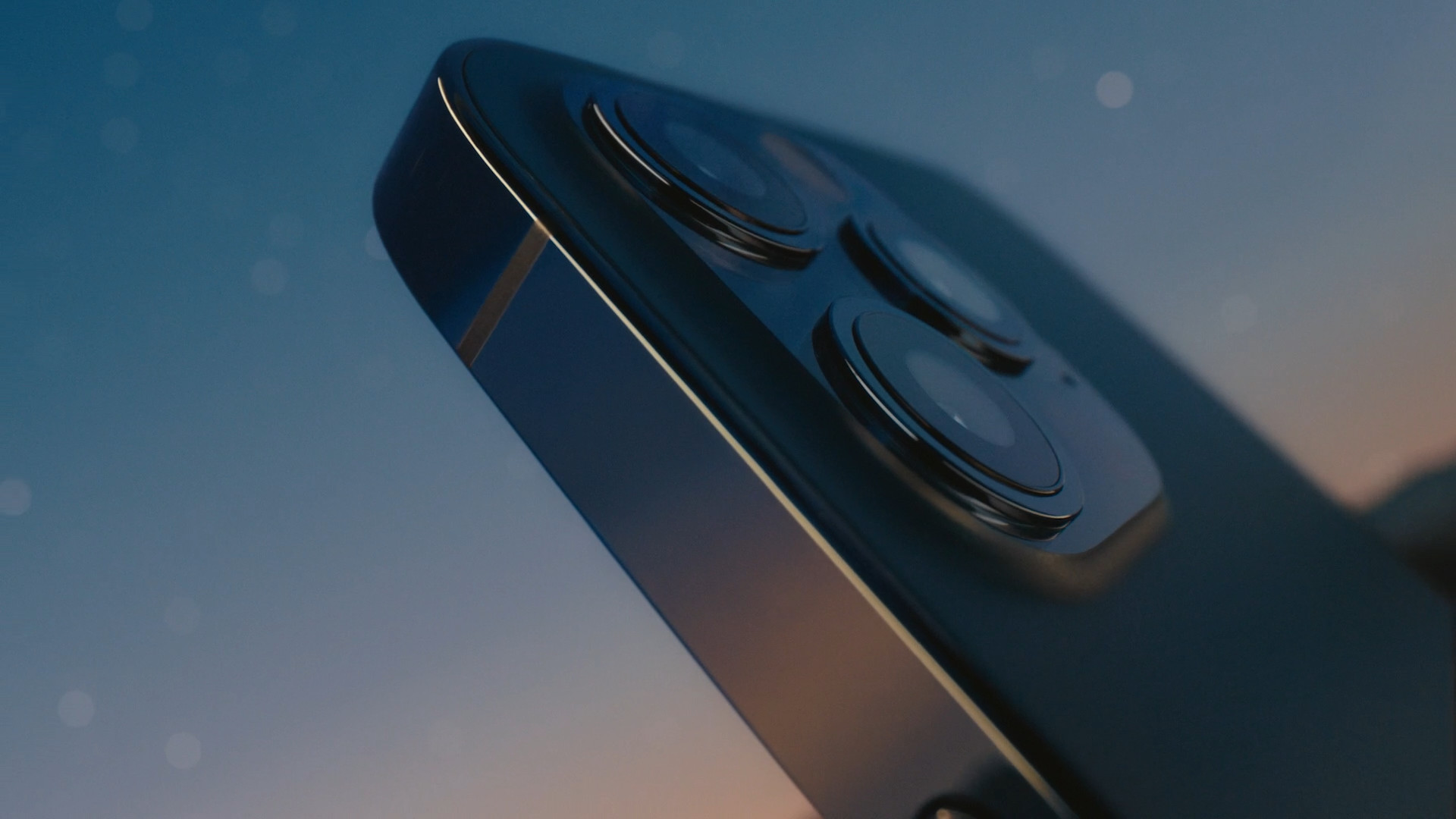
Processor, memory, technology
At the very beginning of this comparison, we will look at the internals, i.e. the hardware, of both compared models. If you decide to buy the iPhone 12, you should know that it currently has the most powerful processor from Apple called A14 Bionic. This processor offers six computing cores and sixteen Neural Engine cores, while the graphics accelerator has four cores. The maximum clock frequency of the processor is, according to leaked performance tests, a respectable 3.1 GHz. The year-old iPhone 11 then beats the year-old A13 Bionic processor, which also offers six cores and eight Neural Engine cores, and the graphics accelerator has four cores. The maximum clock frequency of this processor is 2.65 GHz.
iPhone 12:
According to leaked information, the mentioned A14 Bionic processor in the iPhone 12 is supported by 4 GB of RAM. As for the year-old iPhone 11, even in this case you will find 4 GB of RAM inside. Both of the mentioned models have Face ID biometric protection, which works on the basis of advanced facial scanning - specifically, Face ID can be mistaken in one out of a million cases, while Touch ID, for example, has an error rate of one out of fifty thousand cases. Face ID is one of the only protections of its kind, other biometric systems based on facial scanning cannot be trusted as much as Face ID. In the iPhone 12, Face ID should then be slightly faster compared to its predecessor, but it is not a significant difference. Neither device has an expansion slot for an SD card, there is a nanoSIM drawer on the side. Both iPhones can work with eSIM and can therefore be considered Dual SIM devices. It should be noted that only the newer iPhone 5 can work with the 12G network, with the older iPhone 11 you have to make do with 4G/LTE.
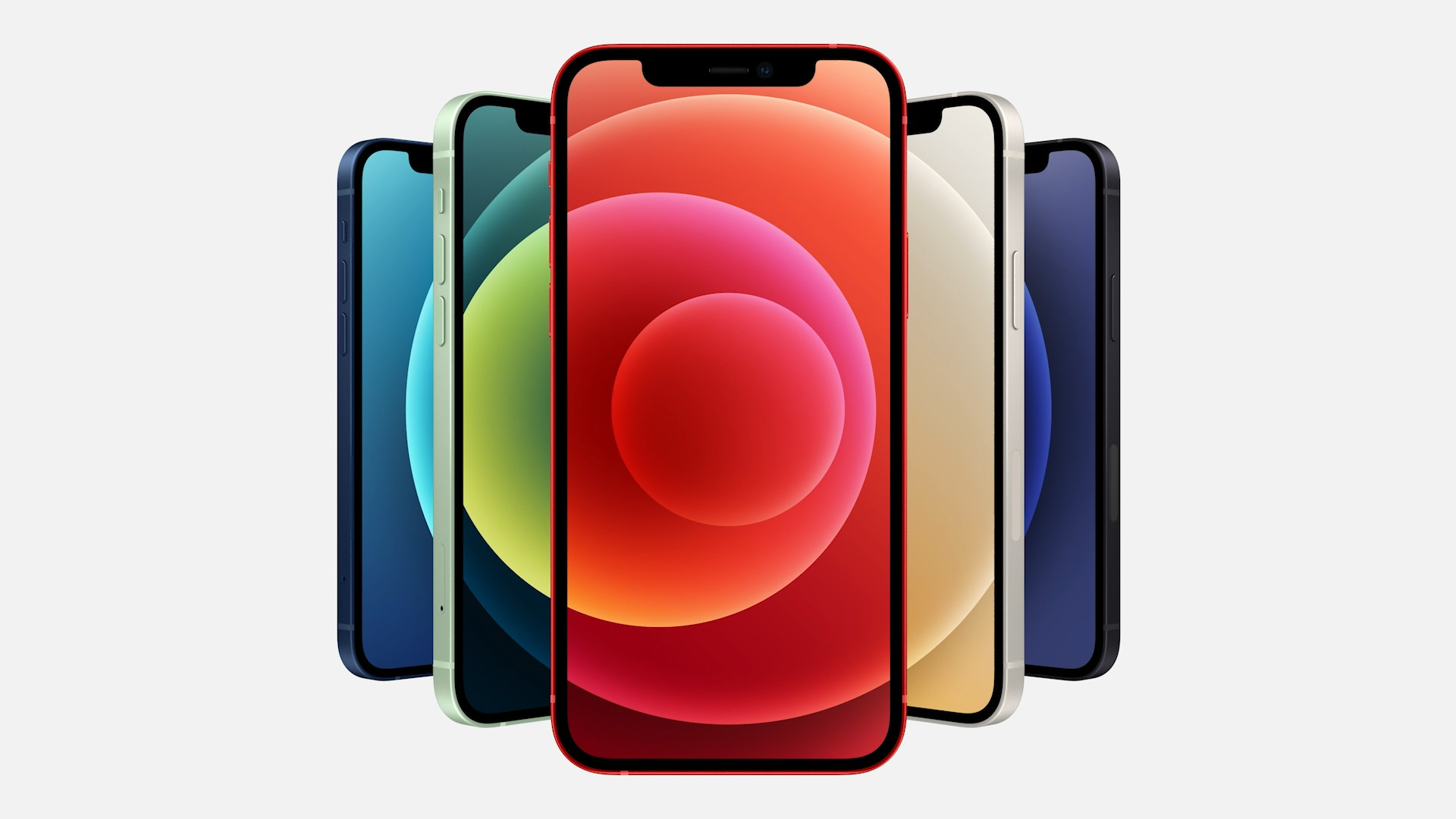
Batteries and charging
Unfortunately, we cannot determine how big the iPhone 12 battery is at this time. We will probably be able to find out this information only after the first disassembly of this model. However, as for the iPhone 11, we know that this apple phone has a battery of 3110 mAh. According to the information provided by Apple, the battery in the iPhone 12 would most likely be slightly larger. On the website, we learn that the iPhone 12 can play video for 17 hours, stream for 11 hours, or play audio for 65 hours on a single charge. The older iPhone 11 can then play video for up to 17 hours, stream for up to 10 hours and play audio for up to 65 hours. You can charge both devices with up to a 20W charging adapter, when the battery can be charged from 30 to 0% of its capacity in the first 50 minutes. As for wireless charging, both devices can be charged with a power of 7.5 W via Qi chargers, the iPhone 12 then has MagSafe wireless charging on the back, with which you can charge the device with a power of up to 15 W. Neither of the listed devices is capable of reverse charging . It should be noted that if you order an iPhone 12 or iPhone 11 directly from the Apple.cz website, you will not receive headphones or a charging adapter - only a cable.
It could be interest you

Design and display
As for the construction of the chassis as such, both iPhone 12 and iPhone 11 are made of aircraft-grade aluminum, so steel is not used as in the Pro variants. The aluminum version of the chassis is matte, so it doesn't shine like the steel on the flagships. The difference in construction is mainly the front glass, which protects the display as such. The iPhone 12 came with a brand new glass called Ceramic Shield, which was developed with the company Corning, which is behind Gorilla Glass, among other things. As the name suggests, Ceramic Shield works with ceramic crystals that are applied at high temperatures. Thanks to this, the glass is up to 4 times more durable compared to the glass found in the predecessor. The iPhone 11 then offers the mentioned hardened Gorilla Glass on the front and back - however, Apple has never boasted of the exact designation. The differences are then also in the case of water resistance, where the iPhone 12 can withstand up to 30 minutes at a depth of 6 meters, the iPhone 11 then 30 minutes at a depth of "only" 2 meters. It should be noted that no waterproof device from Apple can be claimed after liquid has entered - the Californian giant simply does not recognize such a claim.
iPhone 11:
If we look at the display page, this is the biggest difference between the compared devices. The iPhone 12 newly offers an OLED panel, named Super Retina XDR, while the iPhone 11 offers a classic LCD with the name Liquid Retina HD. The iPhone 12 display is large at 6.1″ and can work with HDR. Its resolution is 2532 × 1170 at 460 pixels per inch, a contrast ratio of 2:000, it also offers TrueTone, a wide color range of P000, Haptic Touch and a maximum brightness of 1 nits, in the case of HDR mode, then up to 3 nits. The iPhone 625 display is also large at 1200 inches, but it cannot work with HDR. The resolution of this display is 11 × 6.1 resolution at 1792 pixels per inch, the contrast ratio reaches 828:326. There is support for True Tone, a wide color range of P1400 and Haptic Touch. The maximum brightness is then 1 nits. The dimensions of the iPhone 3 are 625 mm x 12 mm x 146,7 mm, while the older iPhone 71,5 is slightly larger - its dimensions are 7,4 mm x 11 mm x 150,9 mm. The weight of the new iPhone 75,7 is 8,3 grams, the iPhone 12 is almost 162 grams heavier, so it weighs 11 grams.
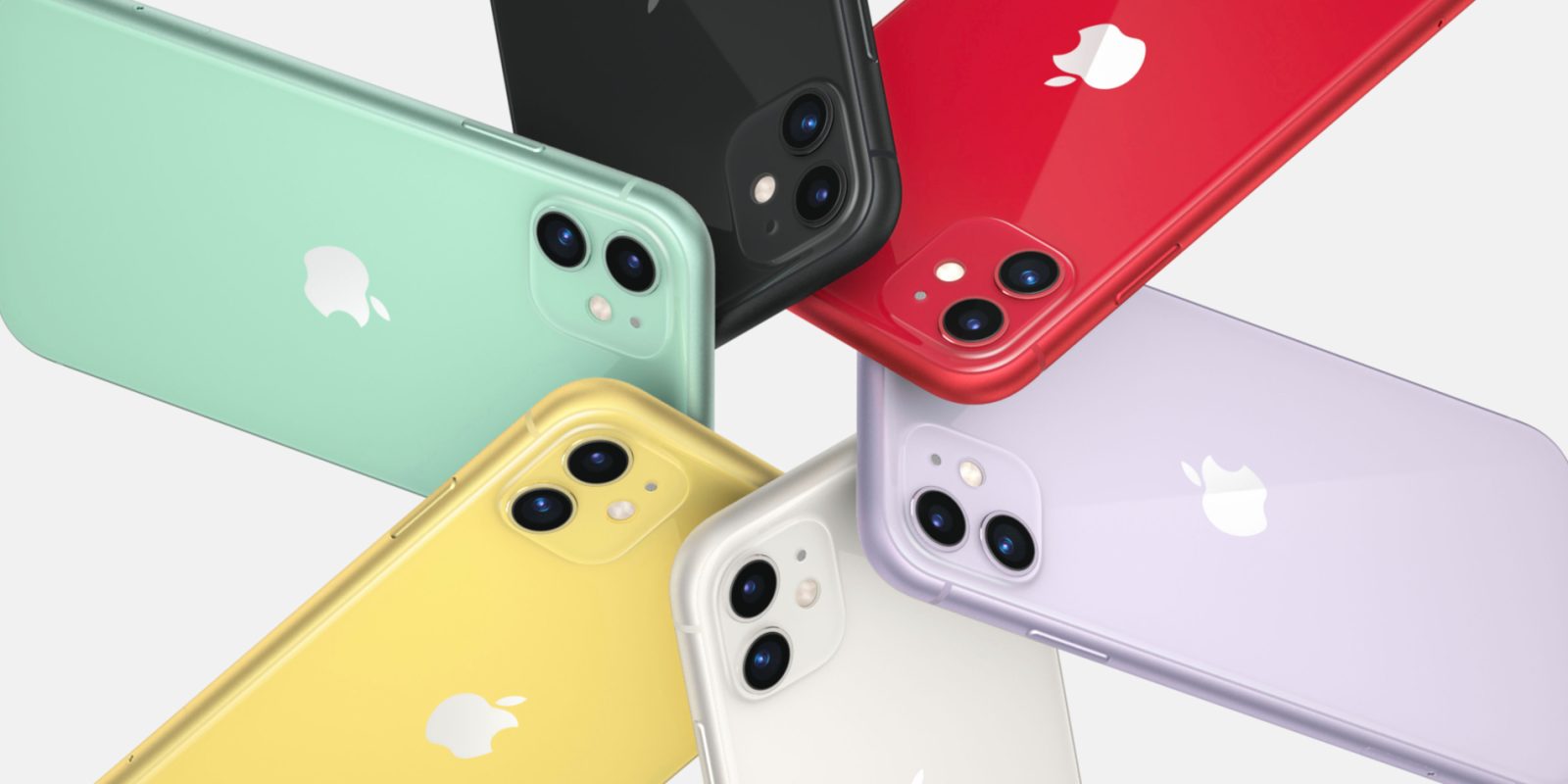
Camera
The differences are then, of course, also visible in terms of the photo system. Both devices have two 12 Mpix lenses - the first is ultra-wide and the second is wide-angle. As for the iPhone 12, the ultra-wide lens has an aperture of f/2.4, the wide-angle lens has an aperture of f/1.6. The aperture of the ultra-wide-angle lens on the iPhone 11 is the same, i.e. f/2.4, the aperture of the wide-angle lens is then f/1.8. Both devices support Night Mode together with the Deep Fusion function, there is also optical image stabilization, 2x optical zoom and up to 5x digital zoom, or a bright True Tone flash with slow synchronization. Both devices then offer a software added portrait mode with improved bokeh and depth of field control. iPhone 12 then offers Smart HDR 3 for photos, iPhone 11 only classic Smart HDR. Both devices have a 12 Mpix front camera with f/2.2 aperture and a Retina Flash "display". The iPhone 12 also offers Smart HDR 3 for the front camera, the iPhone 11 again has the classic Smart HDR, and portrait mode is a matter of course for both devices. Compared to the iPhone 12, the iPhone 11 also offers Night mode and Deep Fusion for the front camera.
It could be interest you
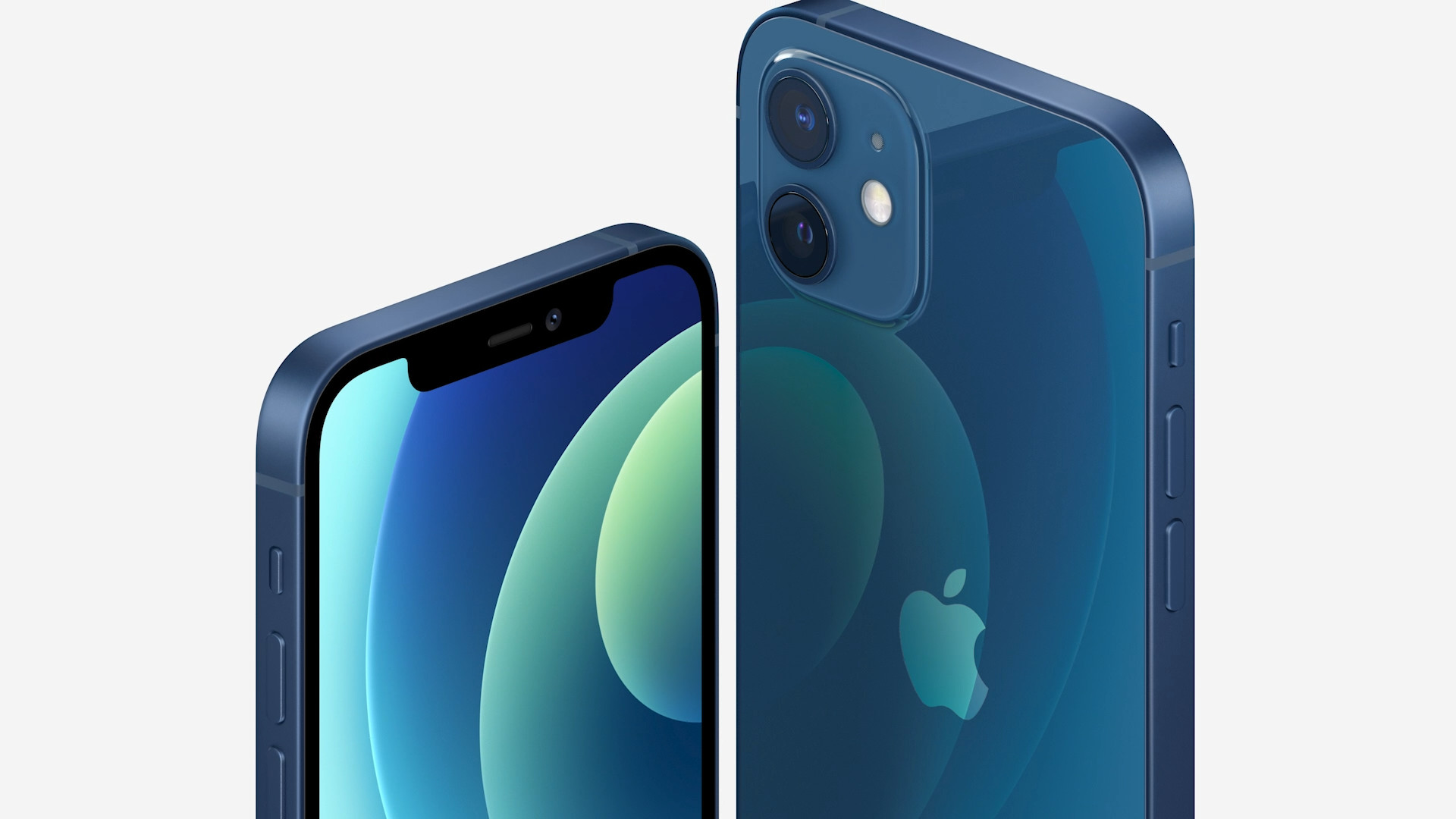
As for video recording, the iPhone 12 can record HDR video in Dolby Vision at up to 30 FPS, which only the new "twelve" iPhones in the world can do. In addition, the iPhone 12 can shoot 4K video at up to 60 FPS. As I already mentioned, the iPhone 11 HDR cannot do Dolby Vision, but it offers video in 4K at up to 60 FPS. For video, both devices offer optical image stabilization, 2x optical zoom, up to 3x digital zoom, audio zoom and QuickTake. Slow-motion video can then be shot in 1080p at up to 240 FPS on both devices, and time-lapse support is also included. The iPhone 12 is also capable of time-lapse in Night mode.
Colors and storage
With the iPhone 12, you can choose from five different pastel colors, specifically it is available in blue, green, red PRODUCT(RED), white and black. You can then get the older iPhone 11 in six colors, namely purple, yellow, green, black, white and red PRODUCT(RED). Both iPhones compared are available in three capacity variants, namely 64 GB, 128 GB and 256 GB. The iPhone 12 is available in the smallest version for 24 crowns, in the middle version for 990 crowns and in the top version for 26 crowns. You can get the one-year-old iPhone 490 in the smallest version for 29 crowns, in the middle version for 490 crowns and in the top version for 11 crowns.
- Newly introduced Apple products will be available for purchase at, for example Alge, Mobile Emergency or u iStores
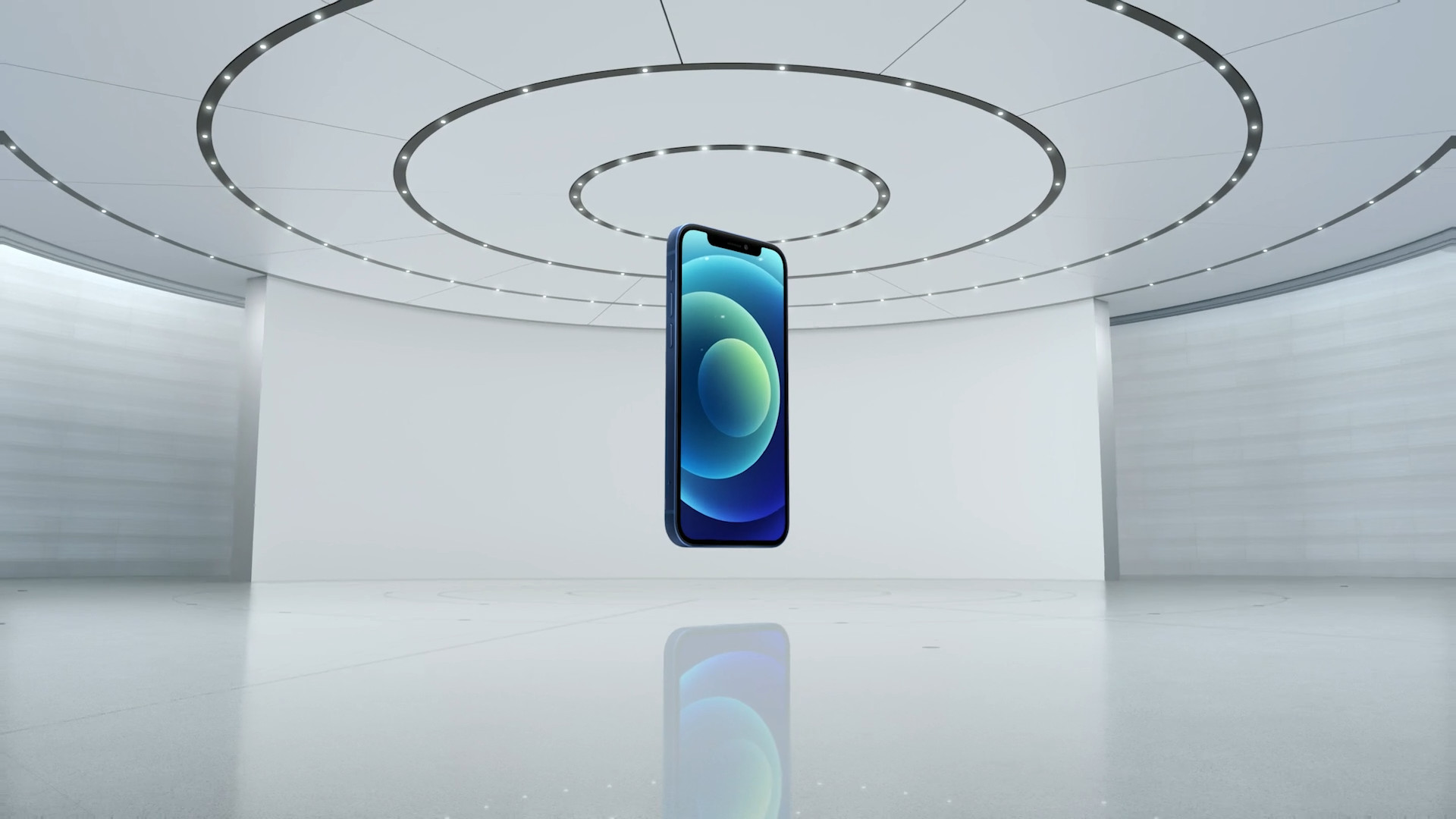
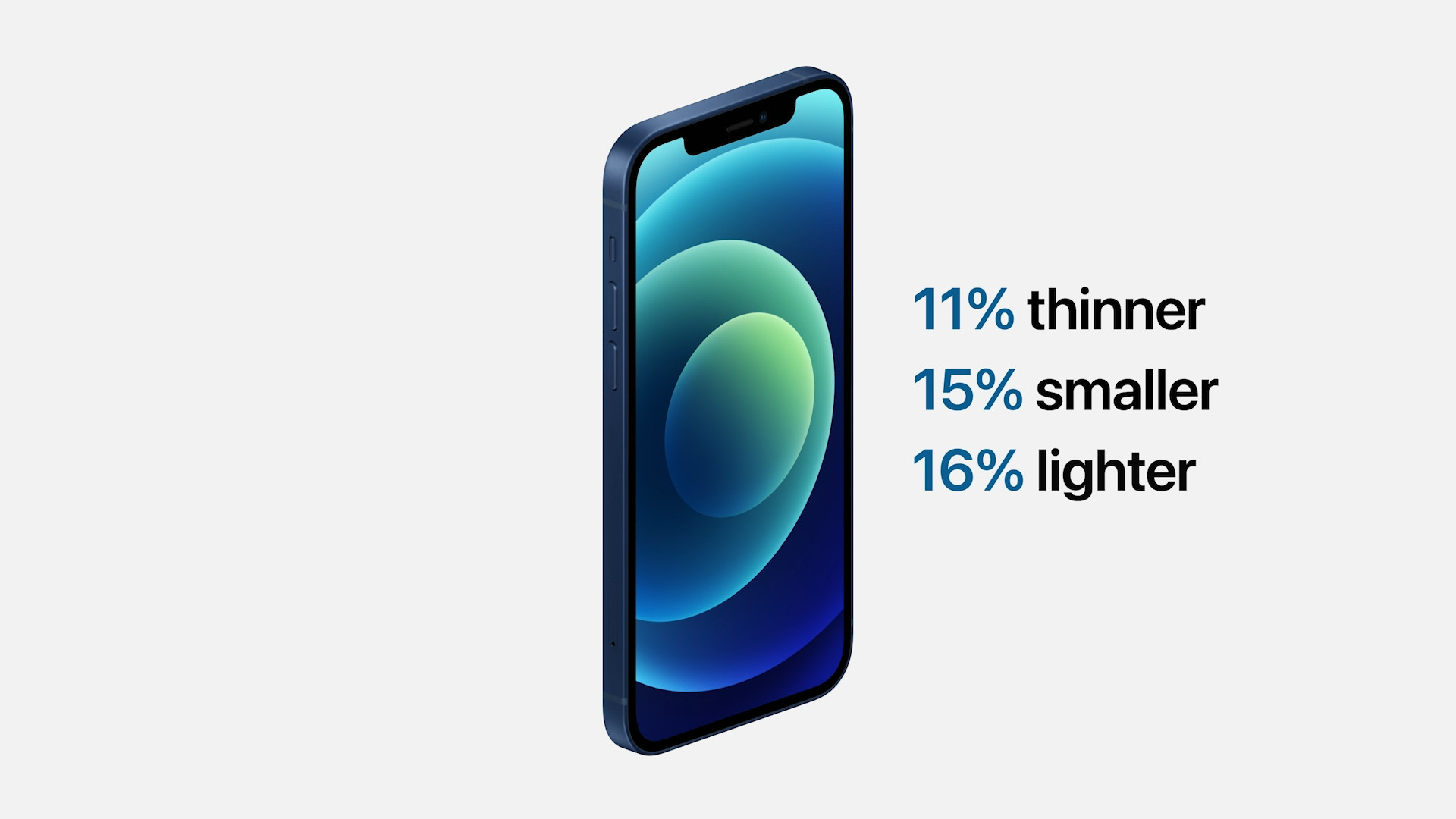
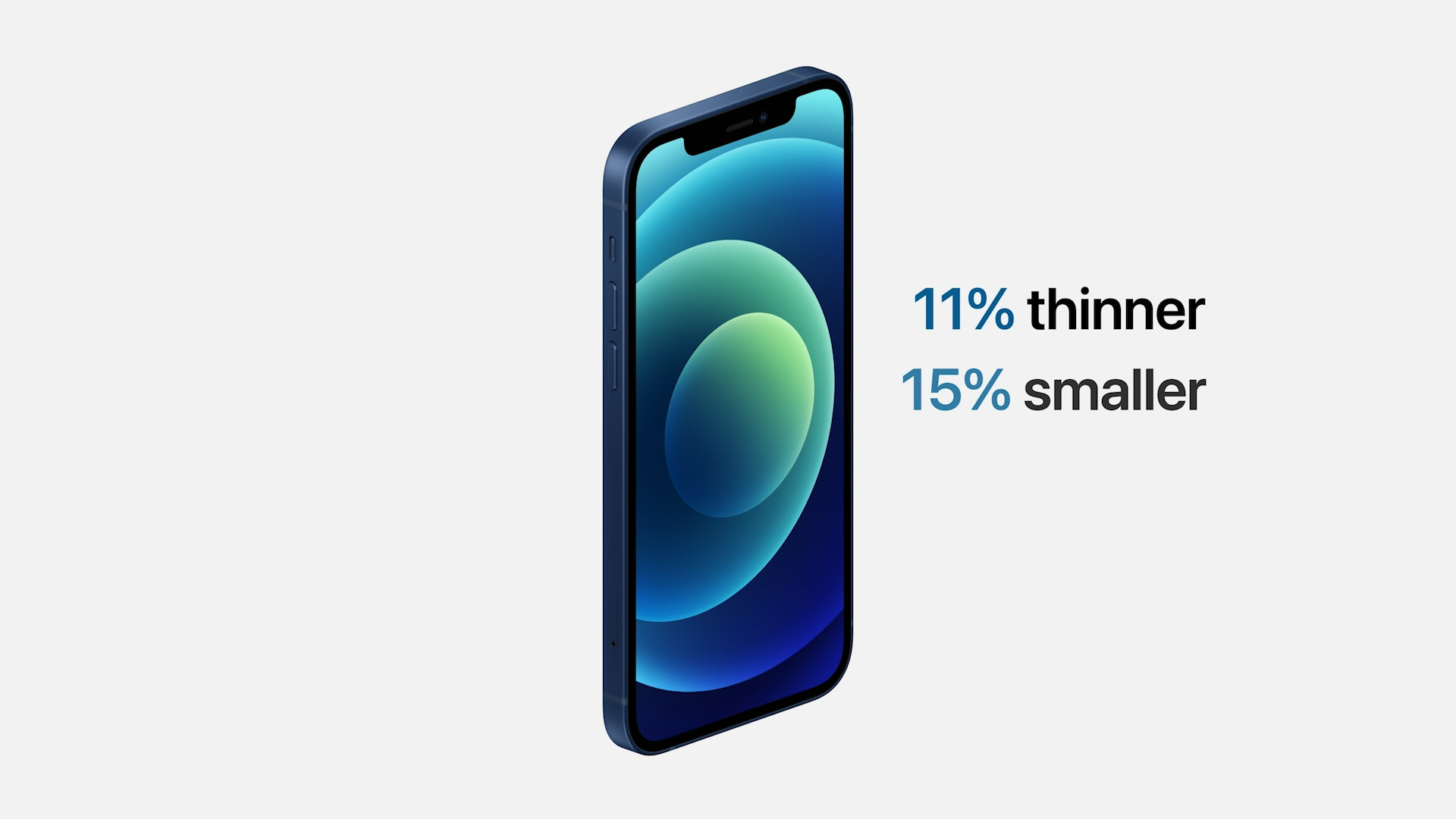

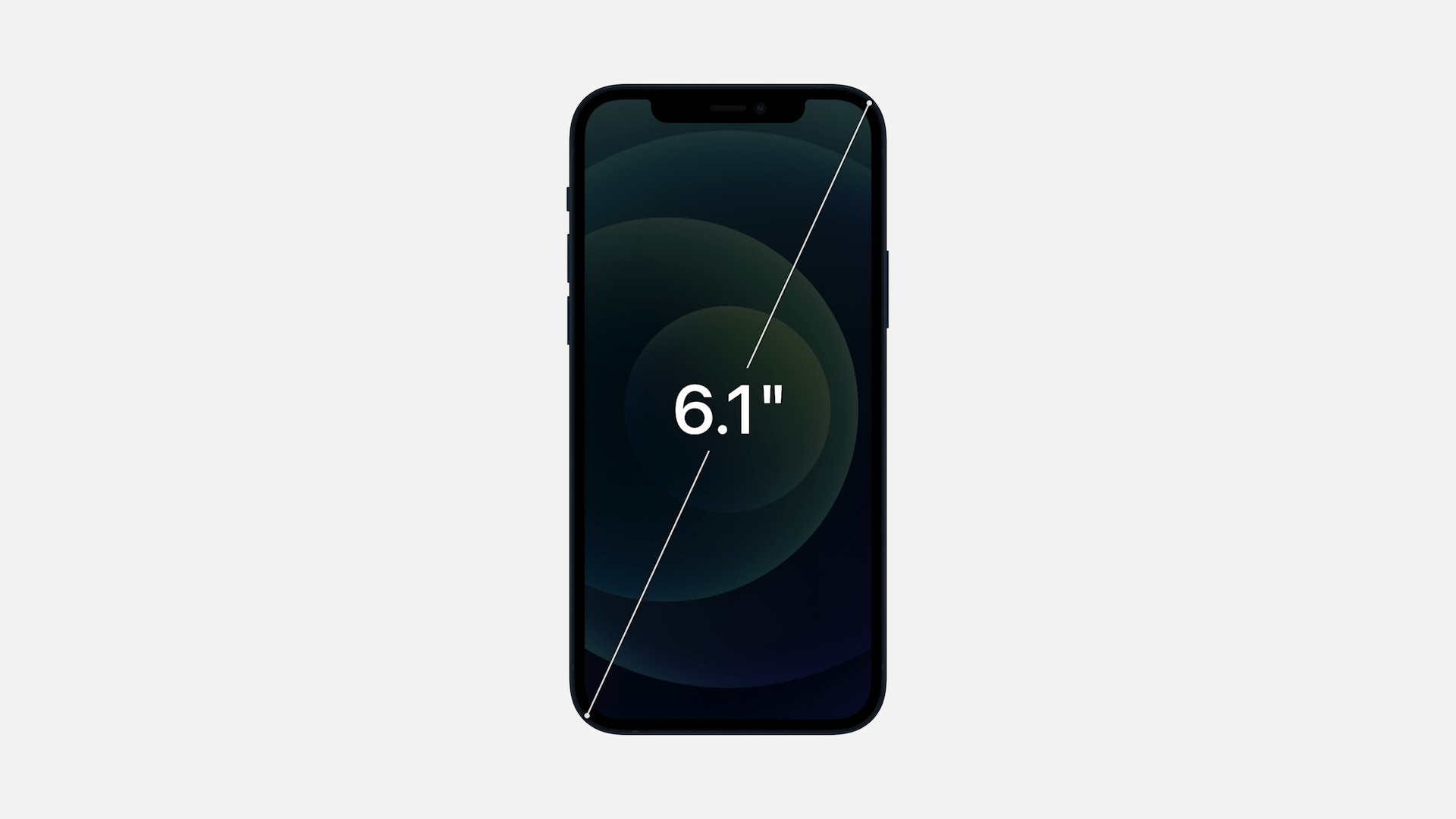
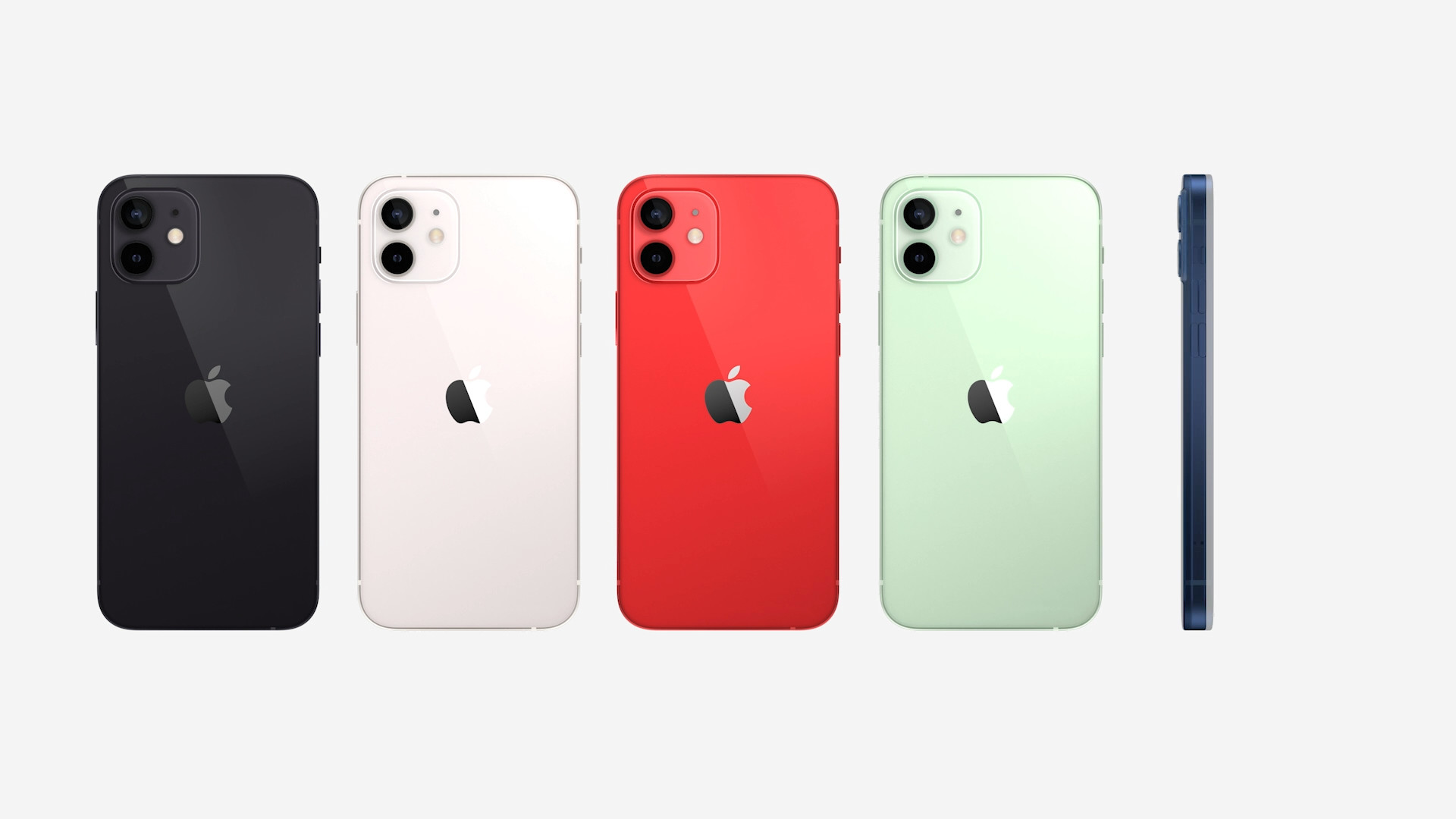
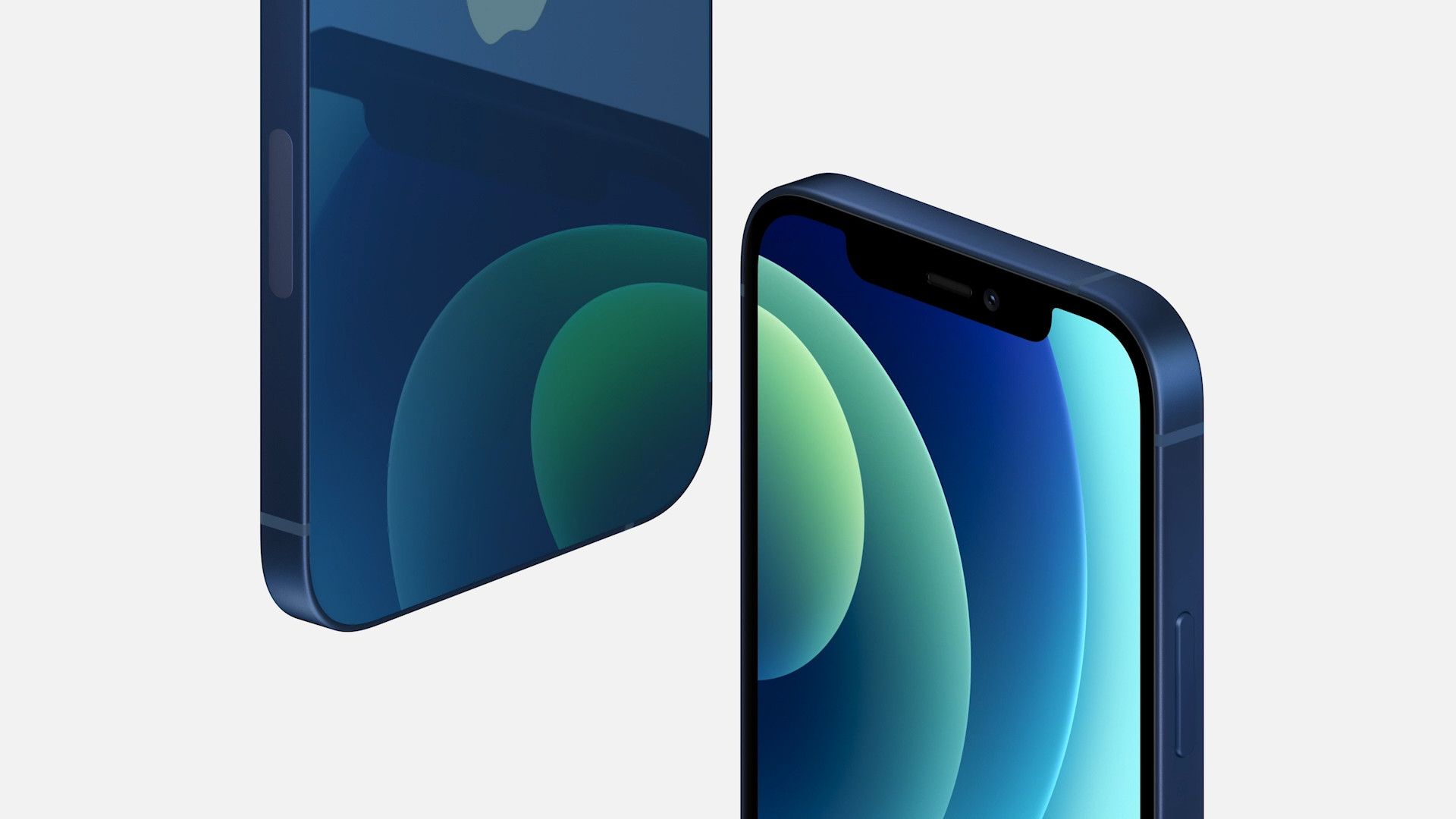
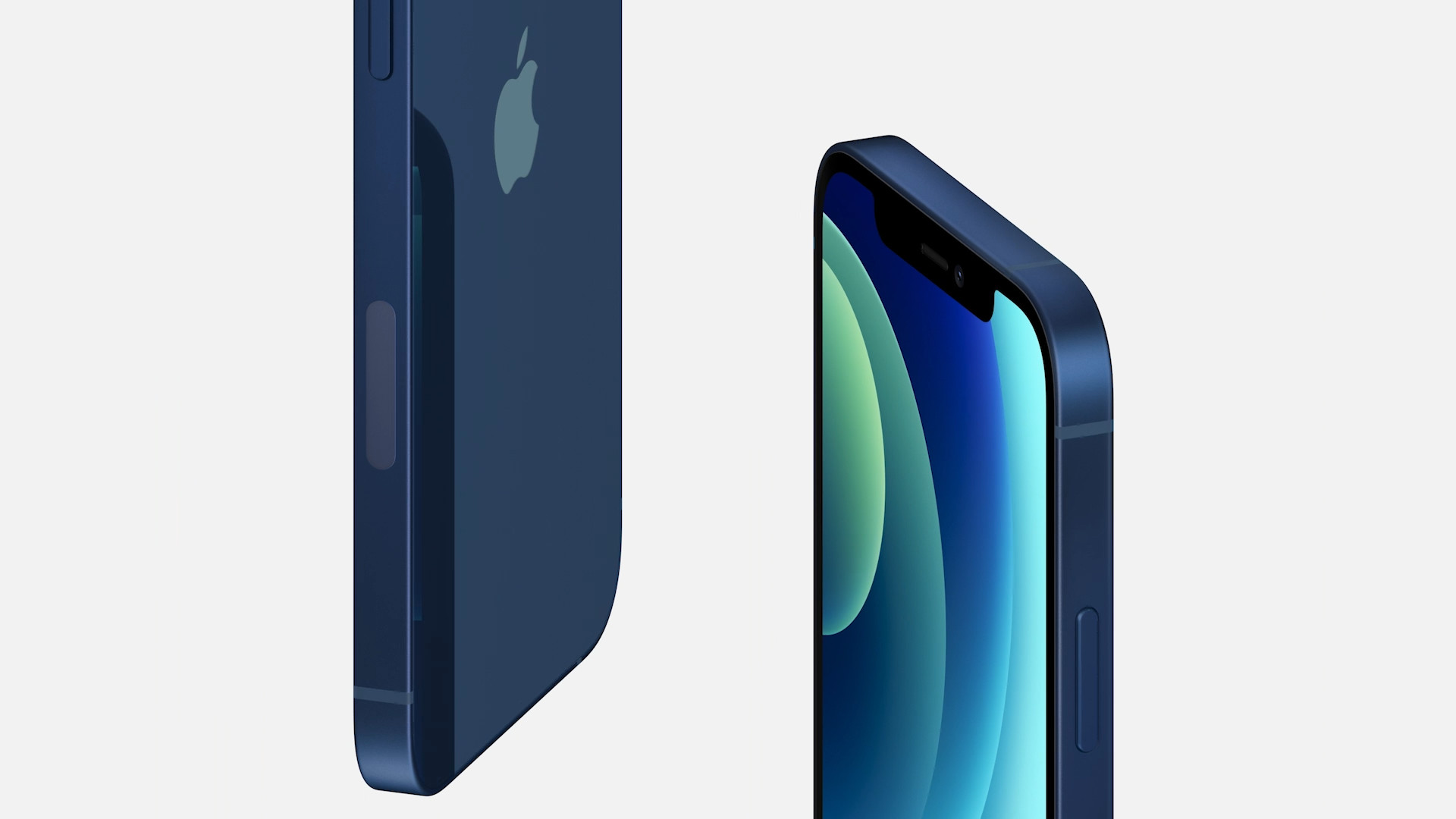
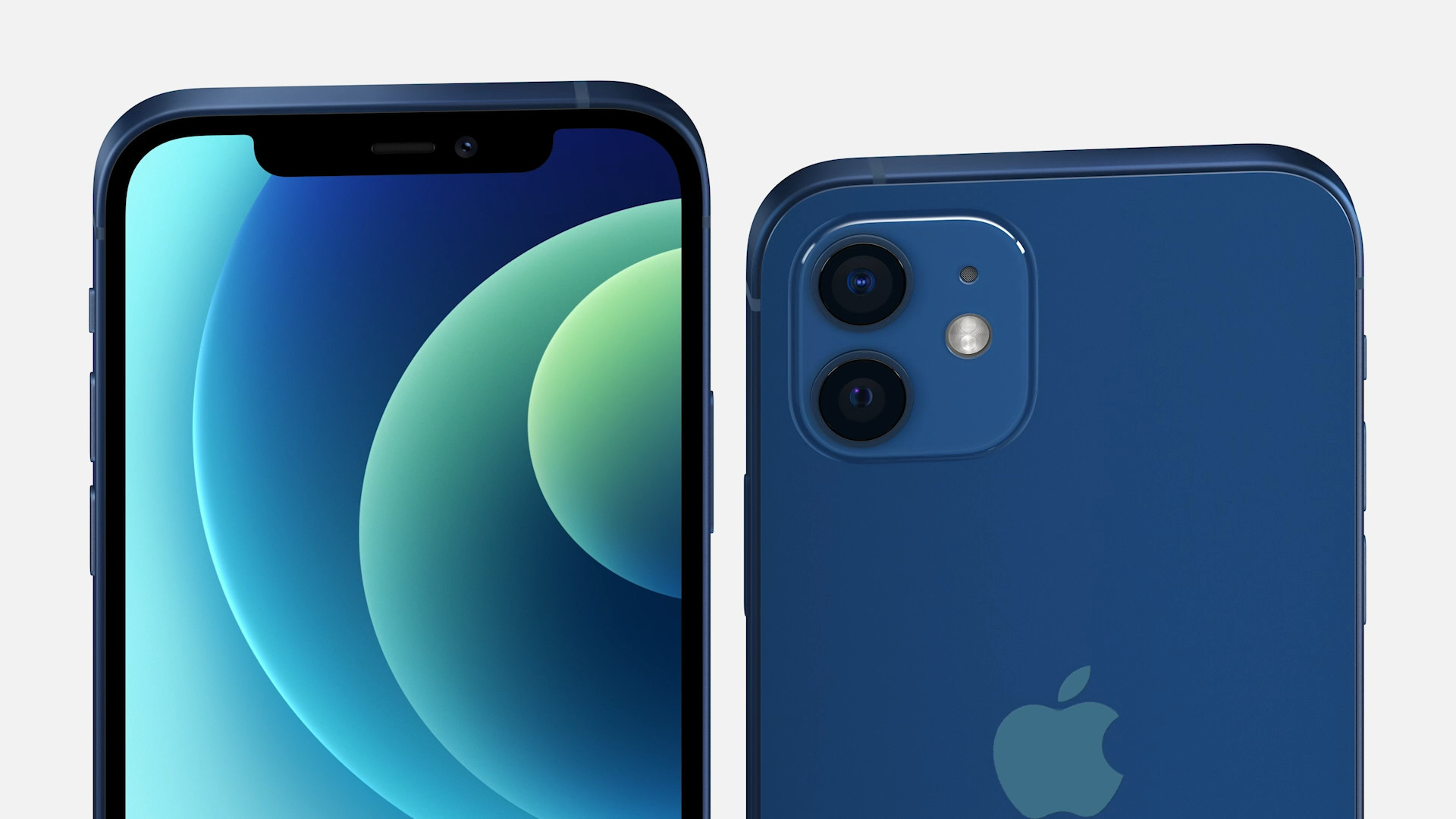

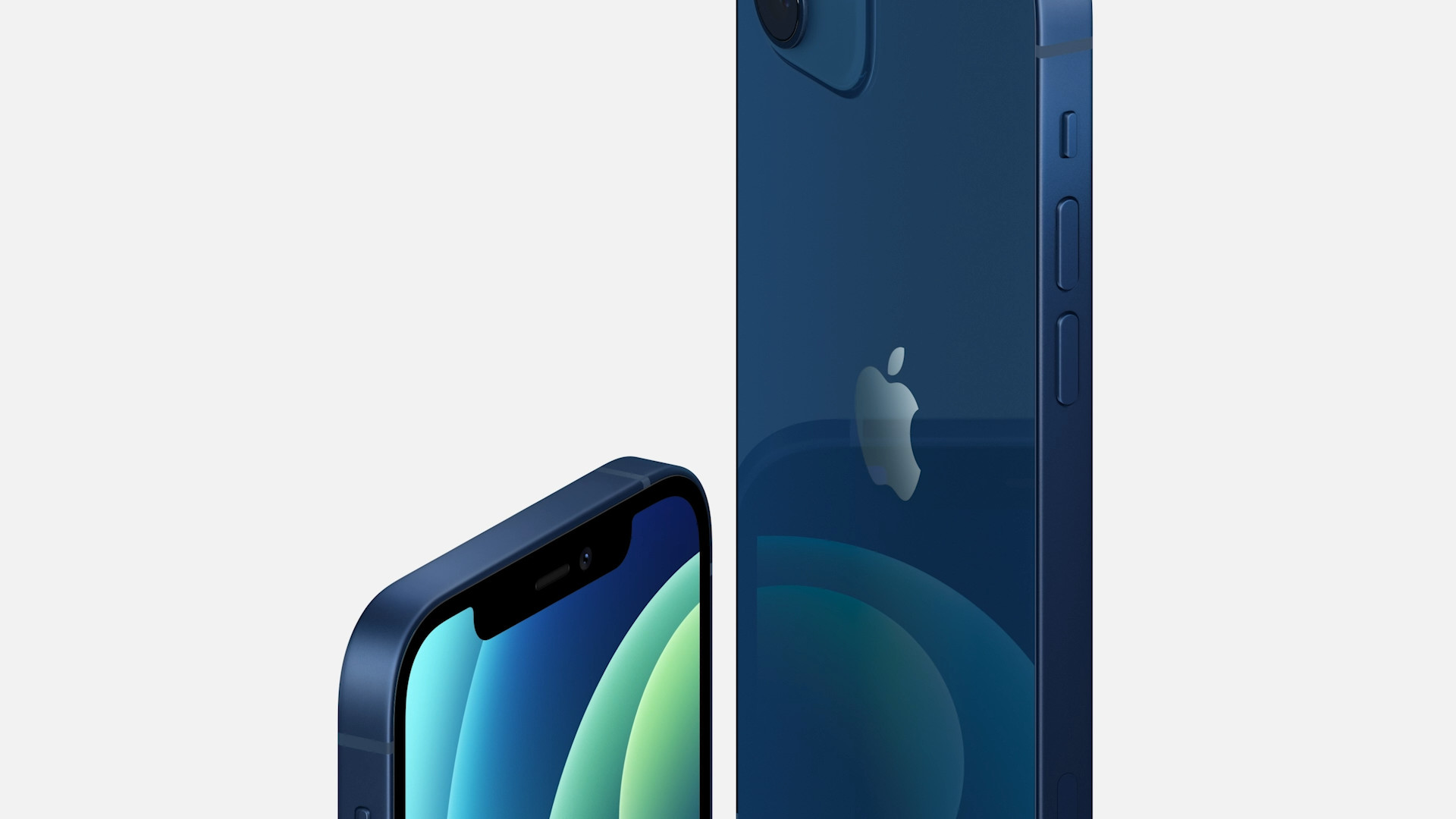
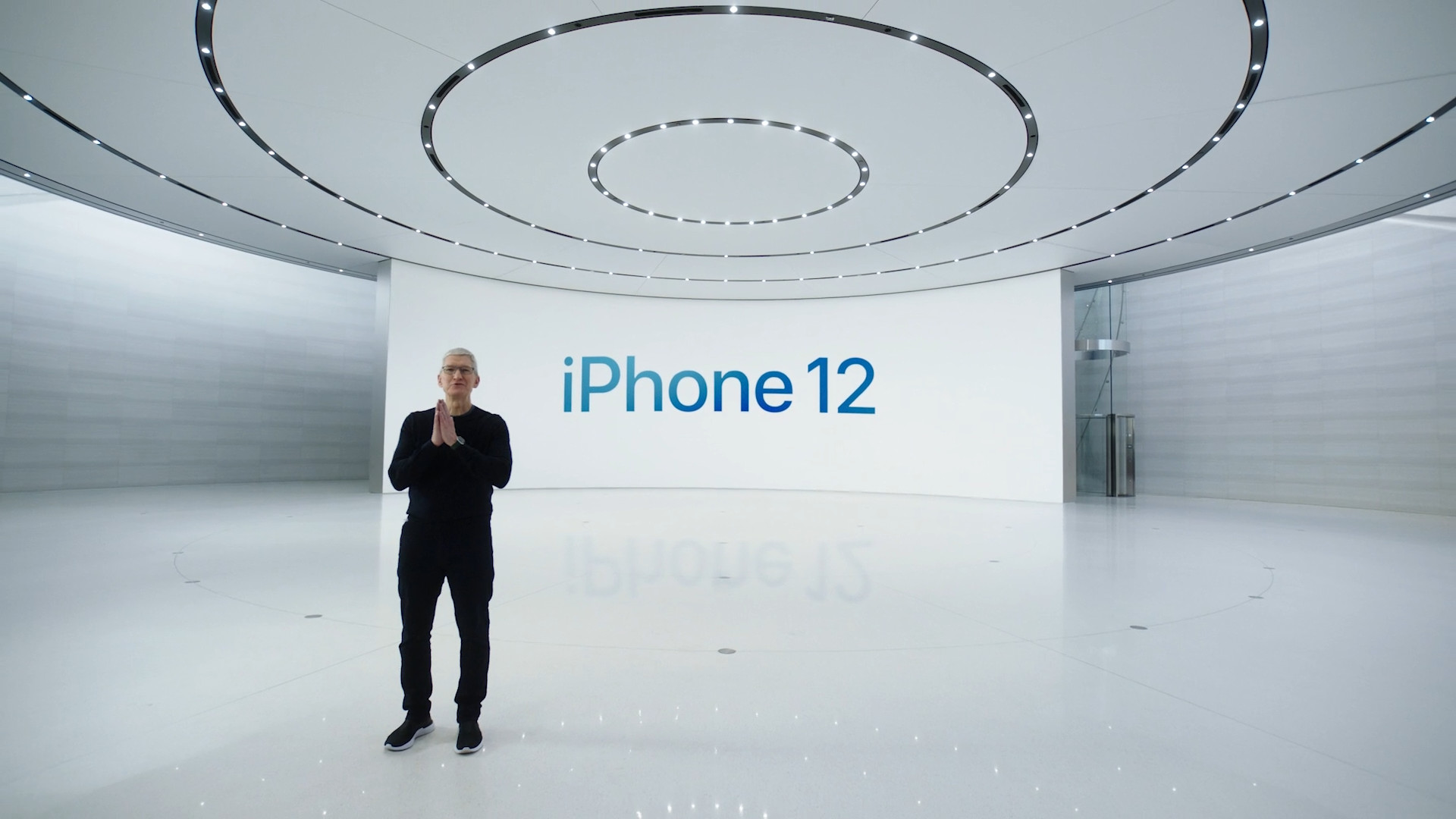

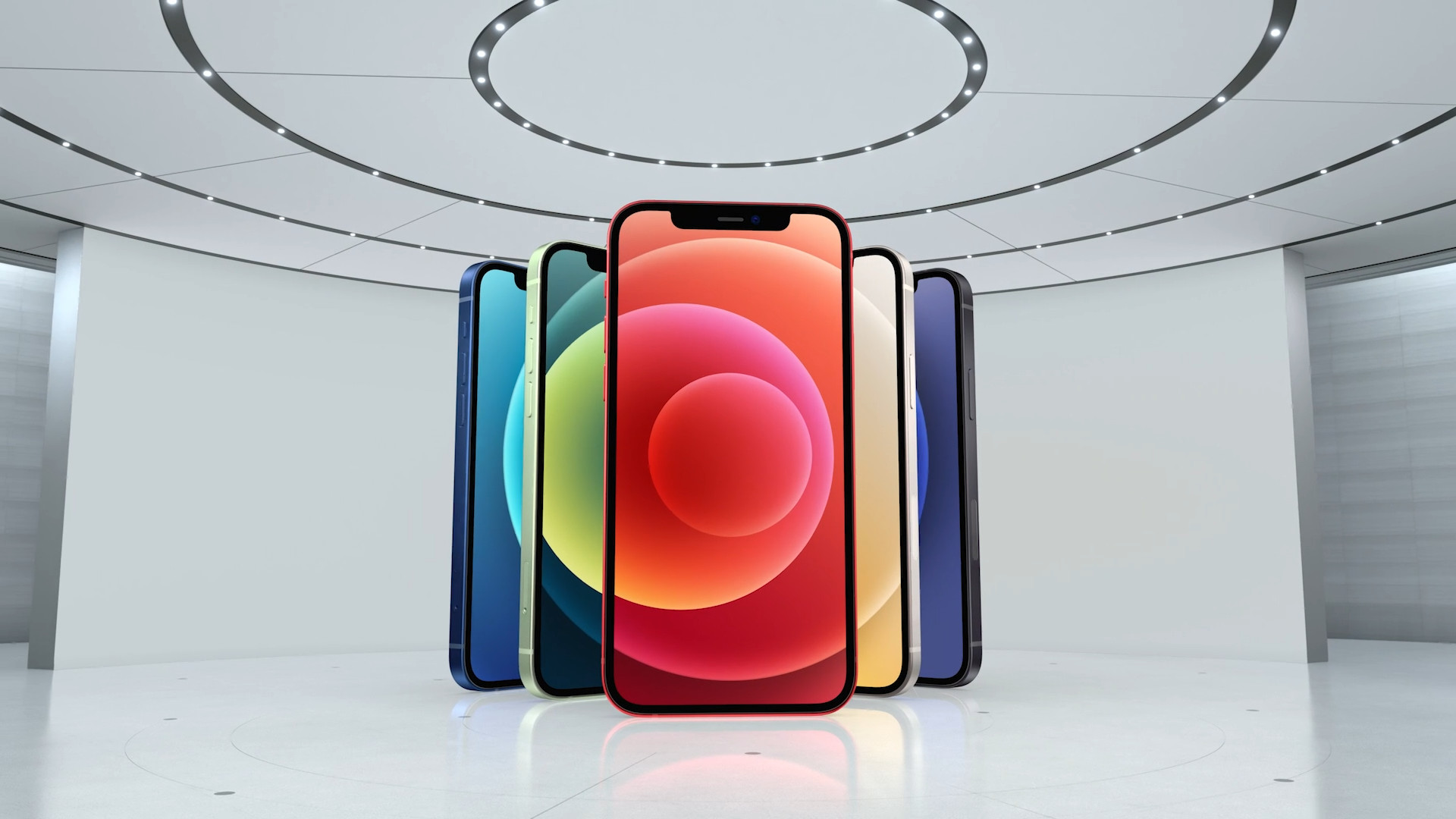



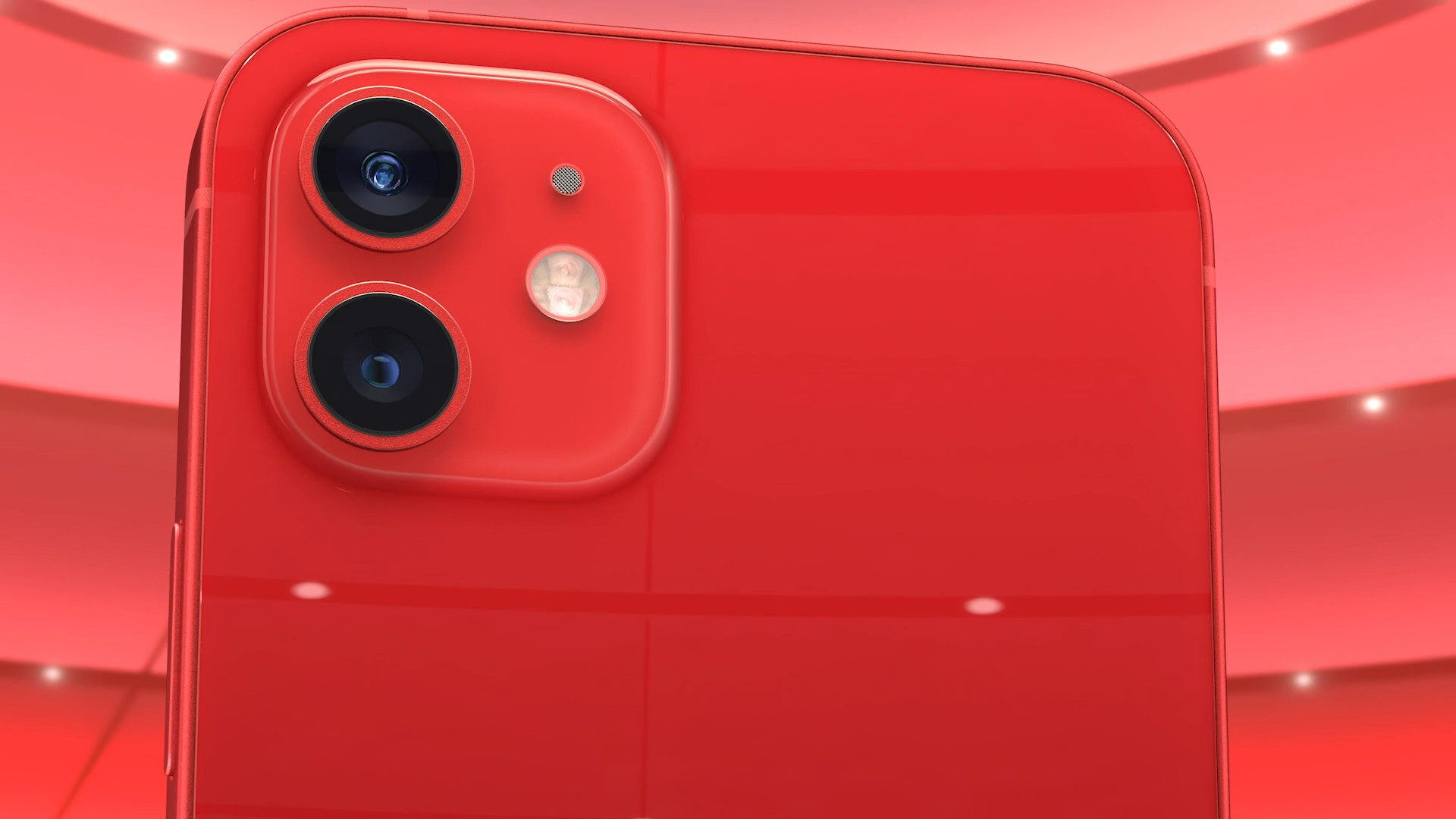
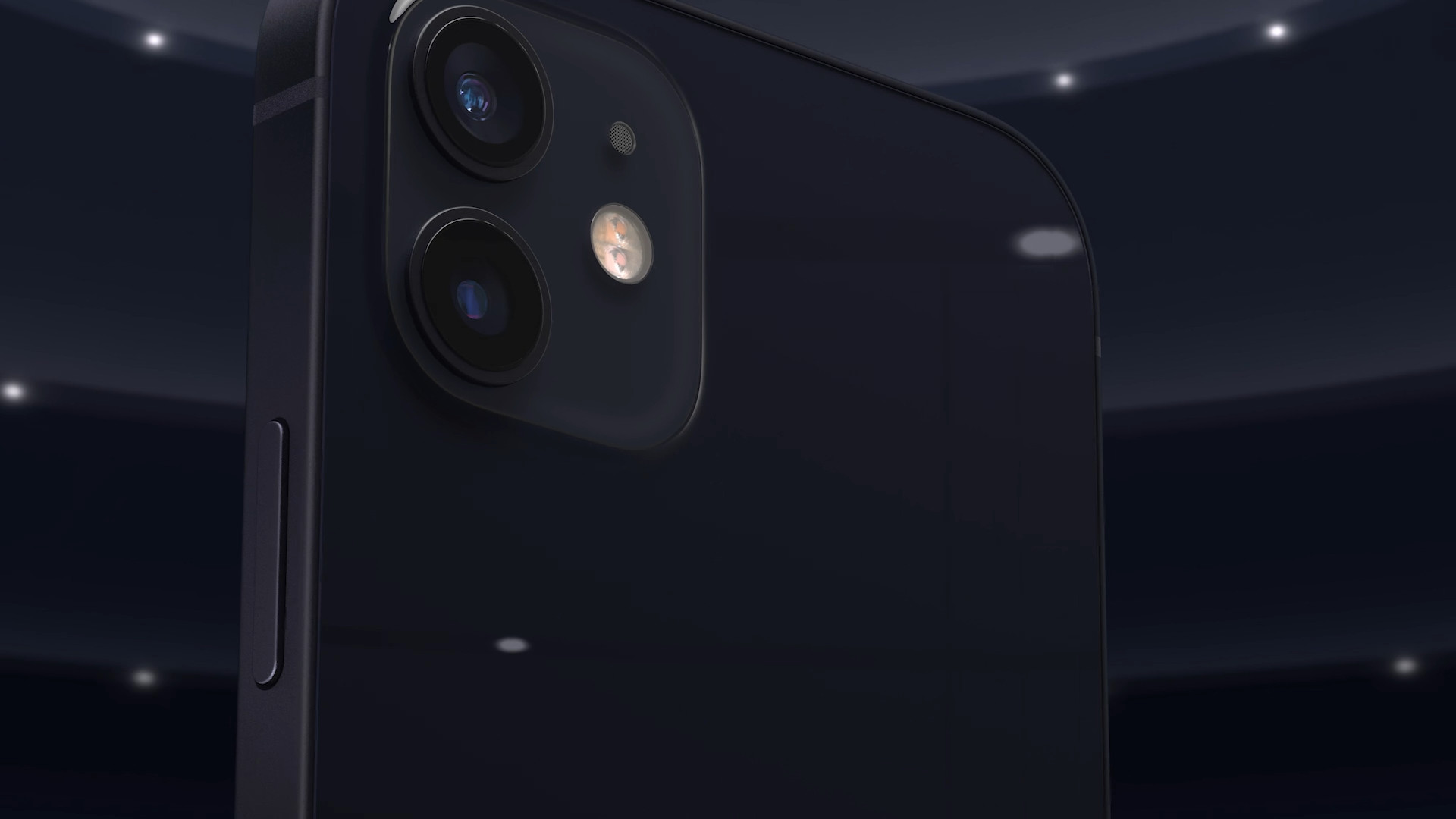
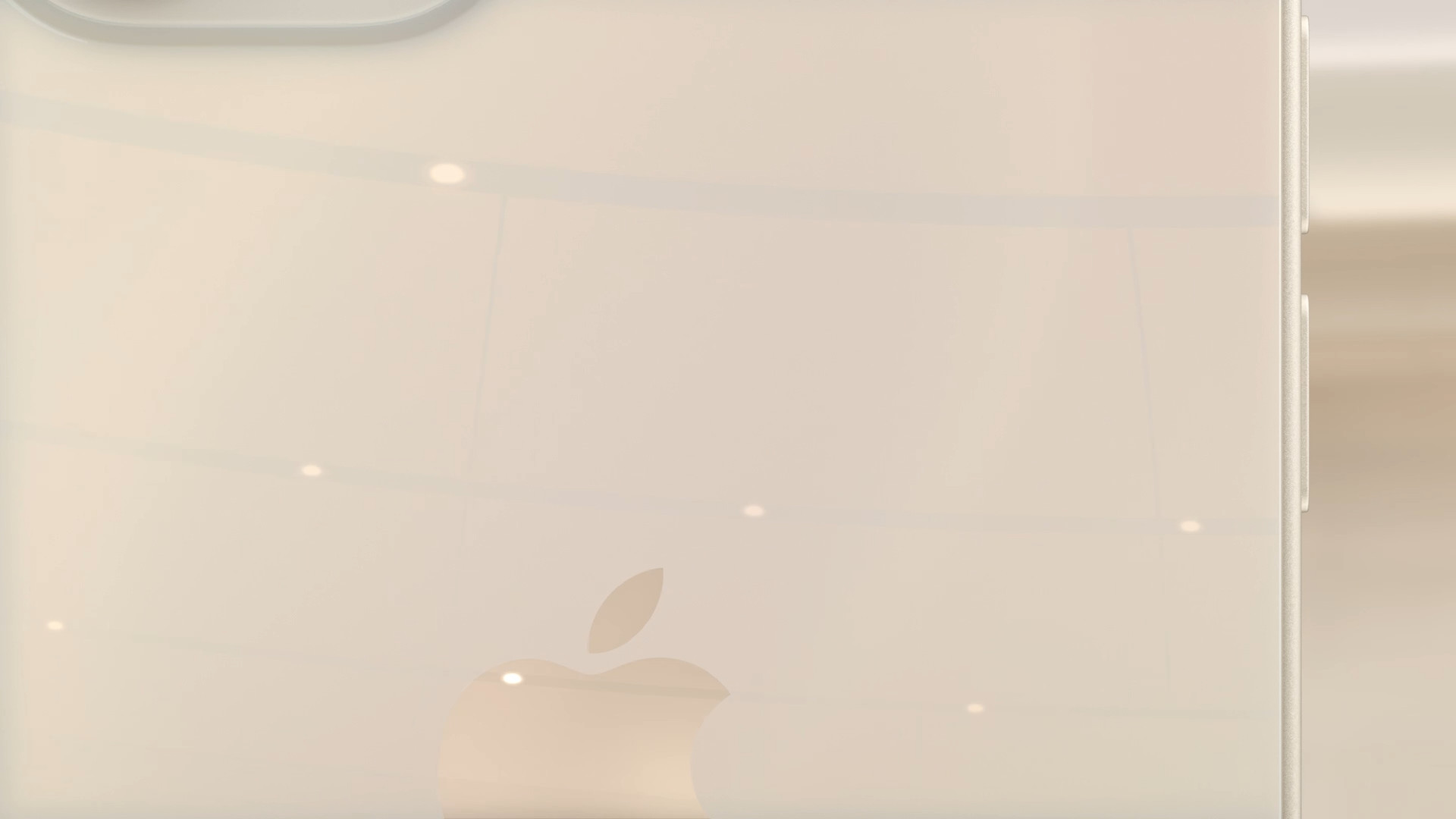

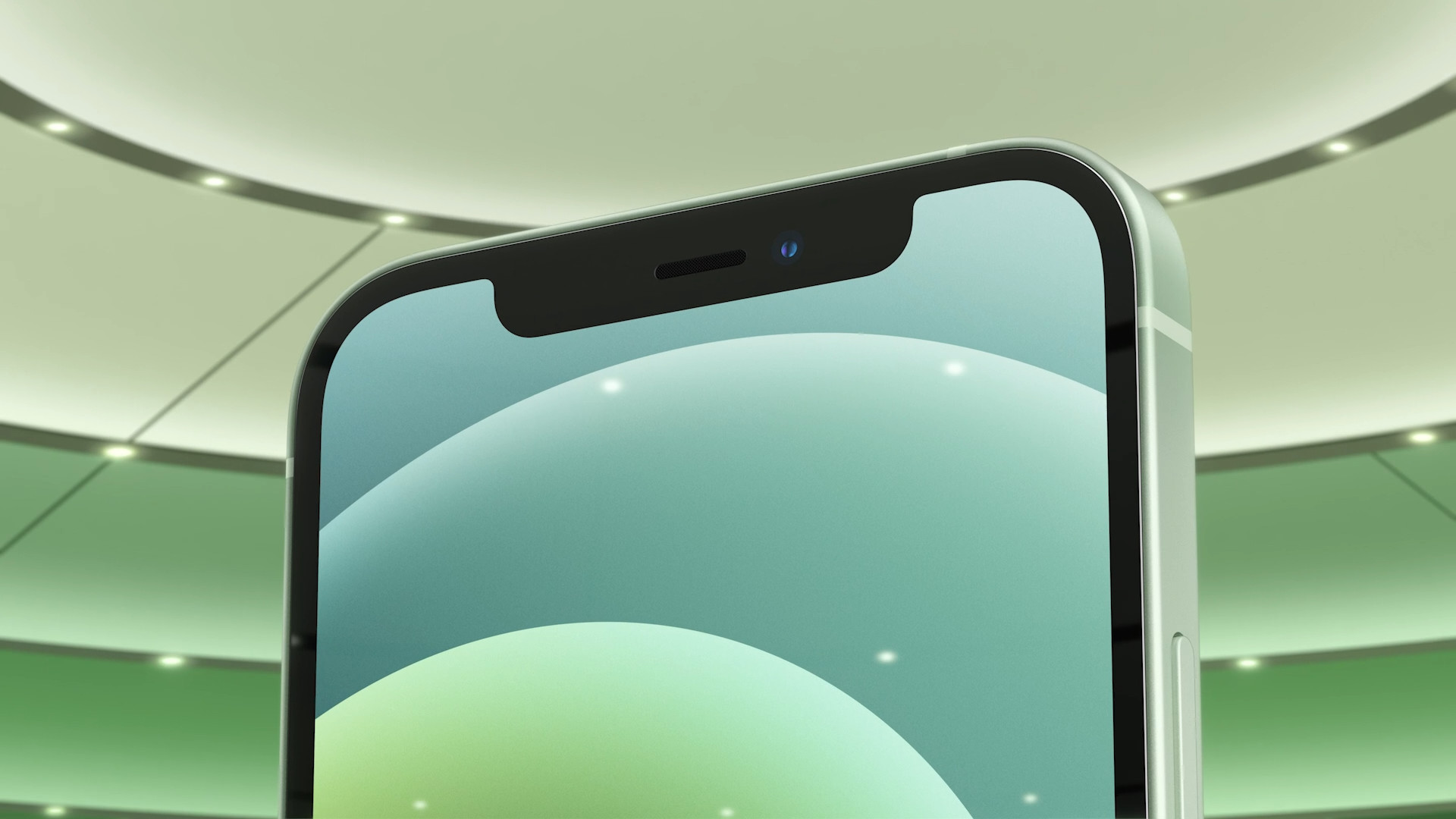
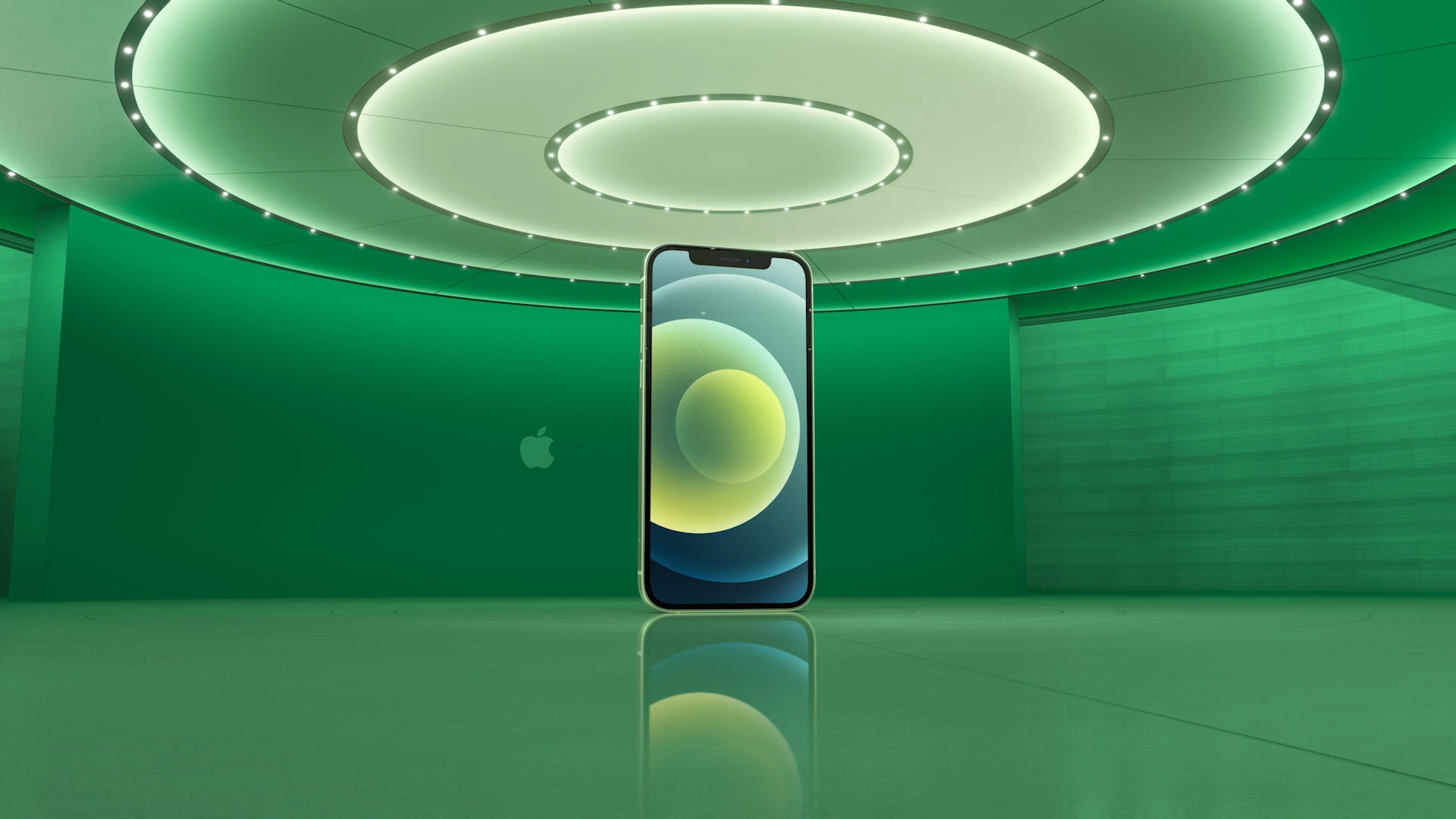
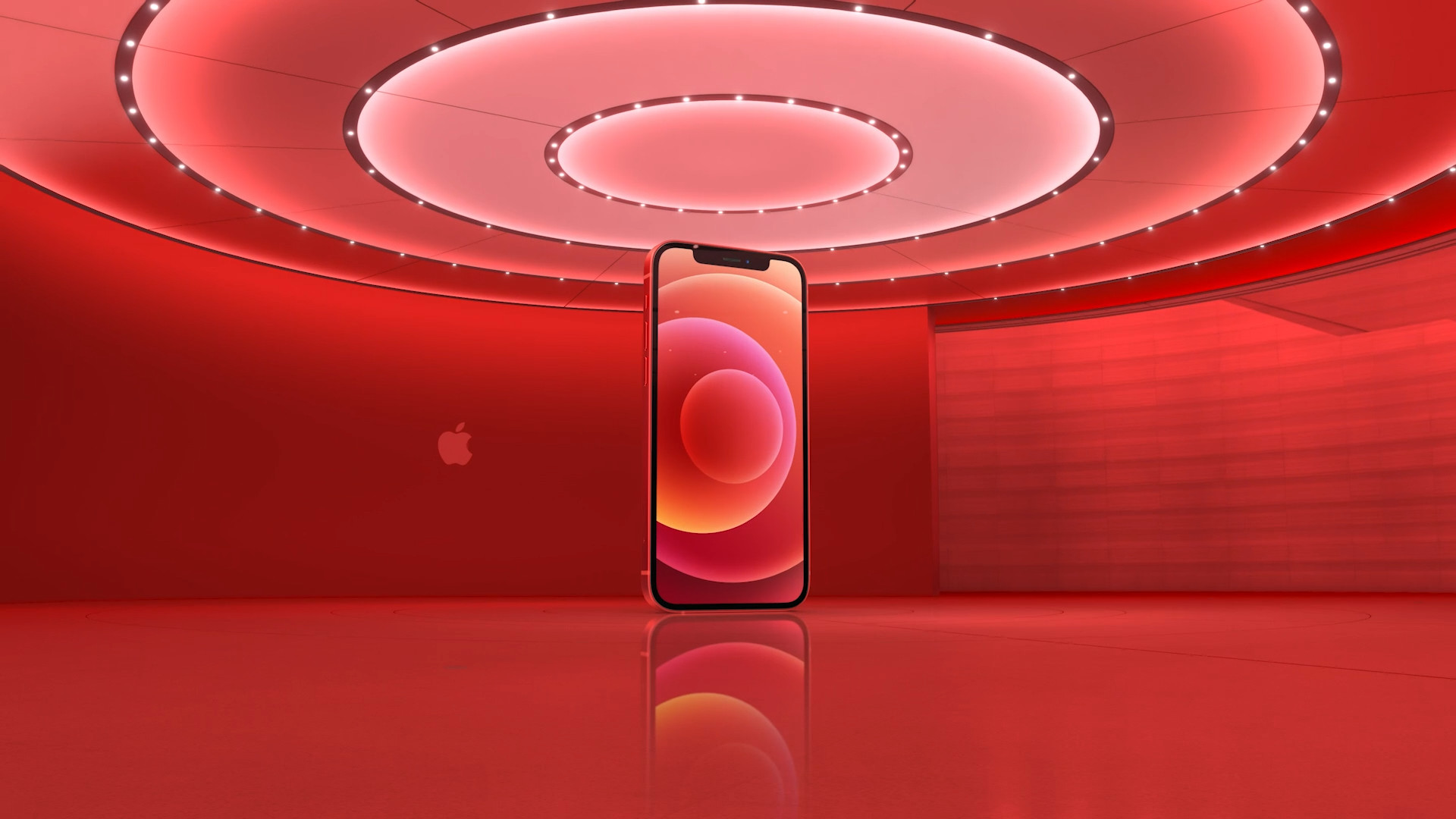
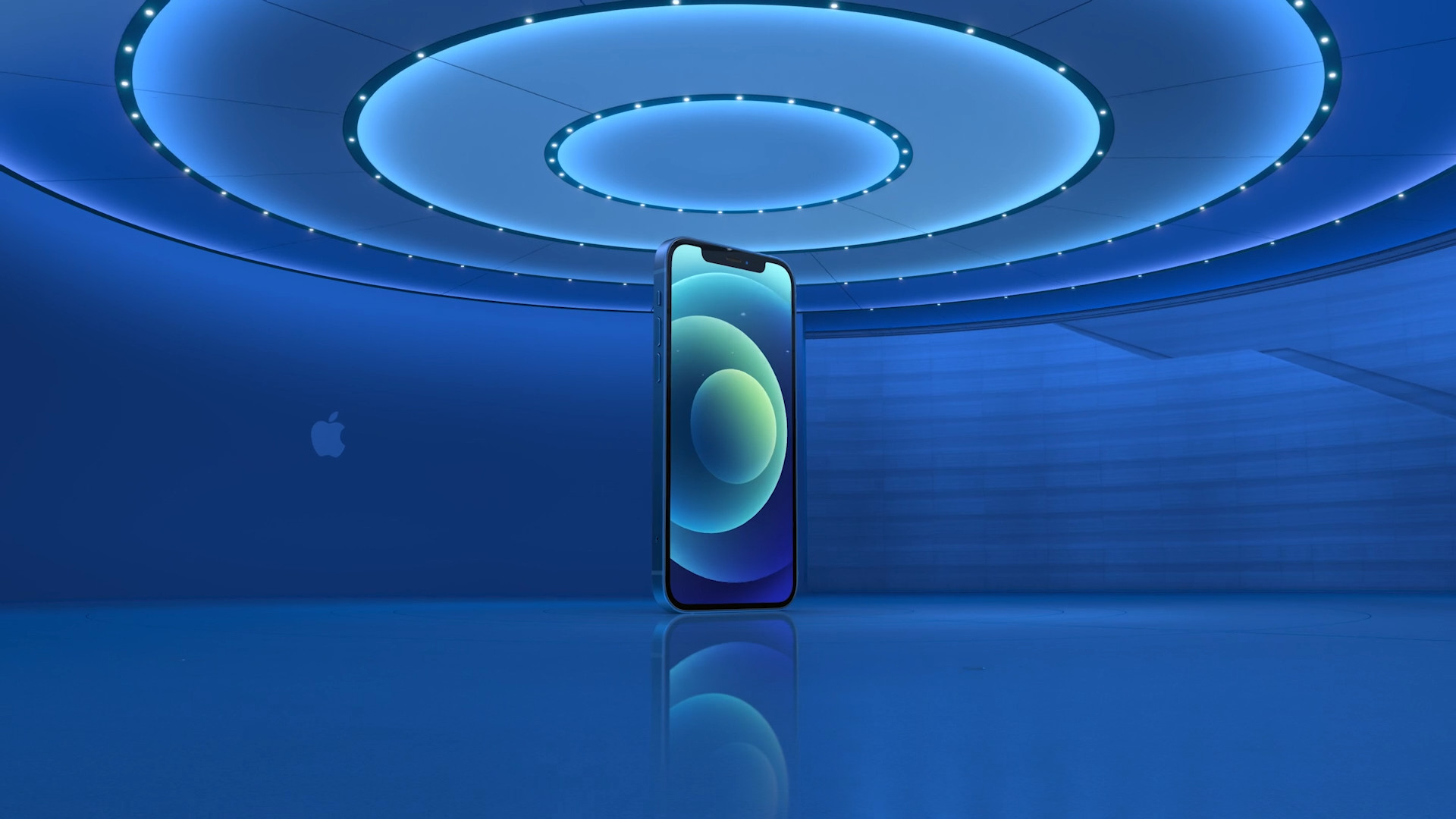
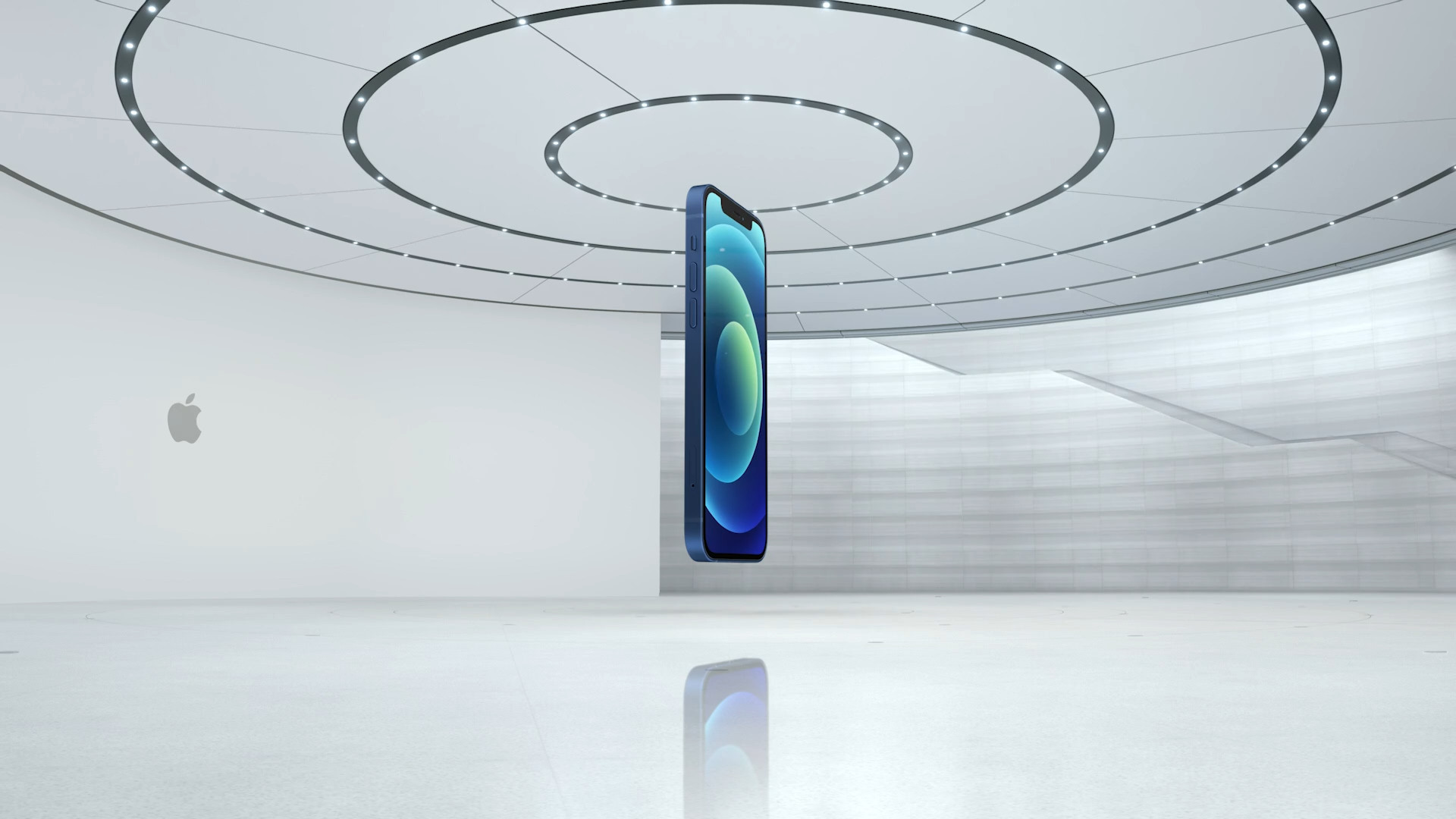
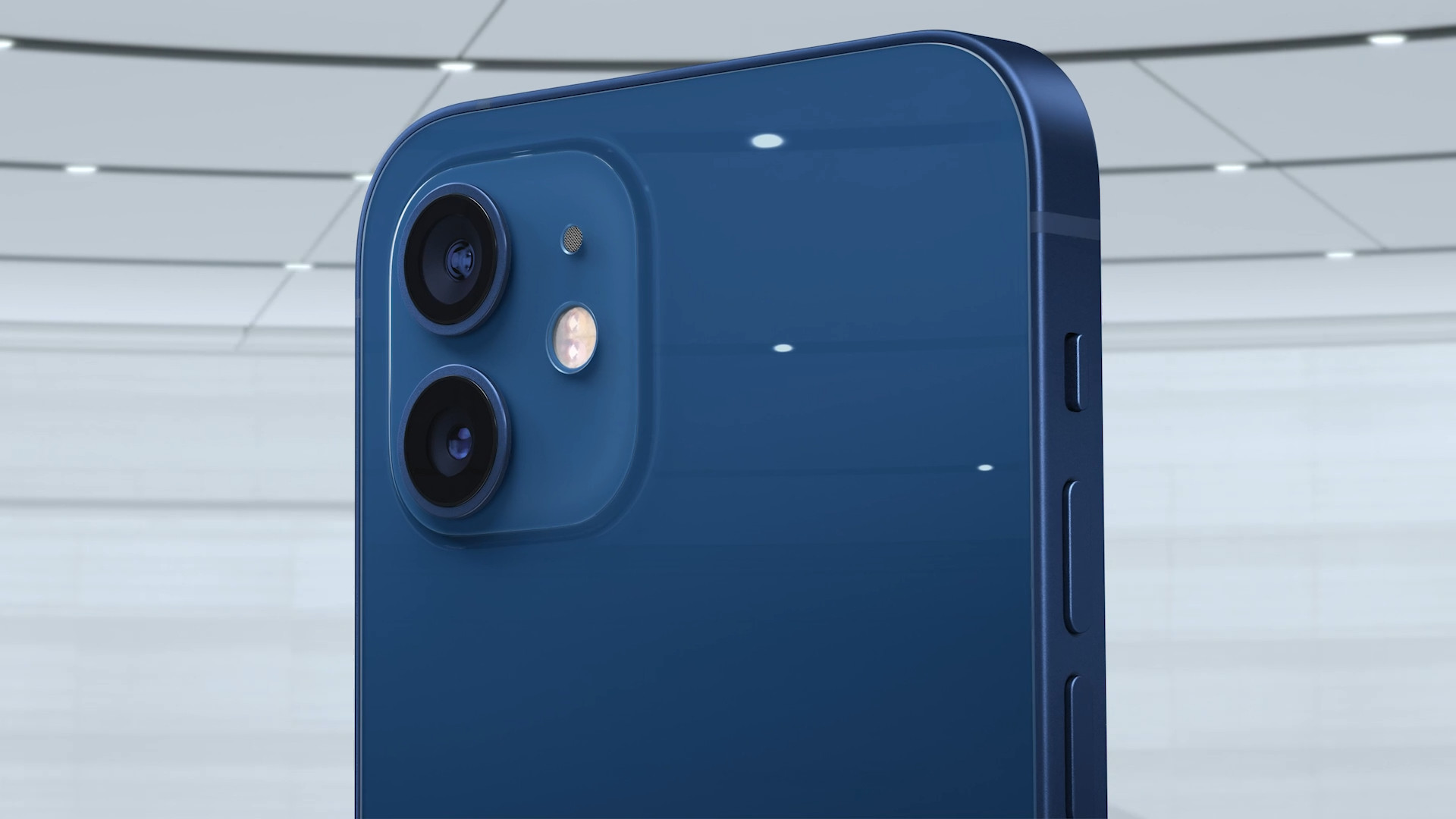
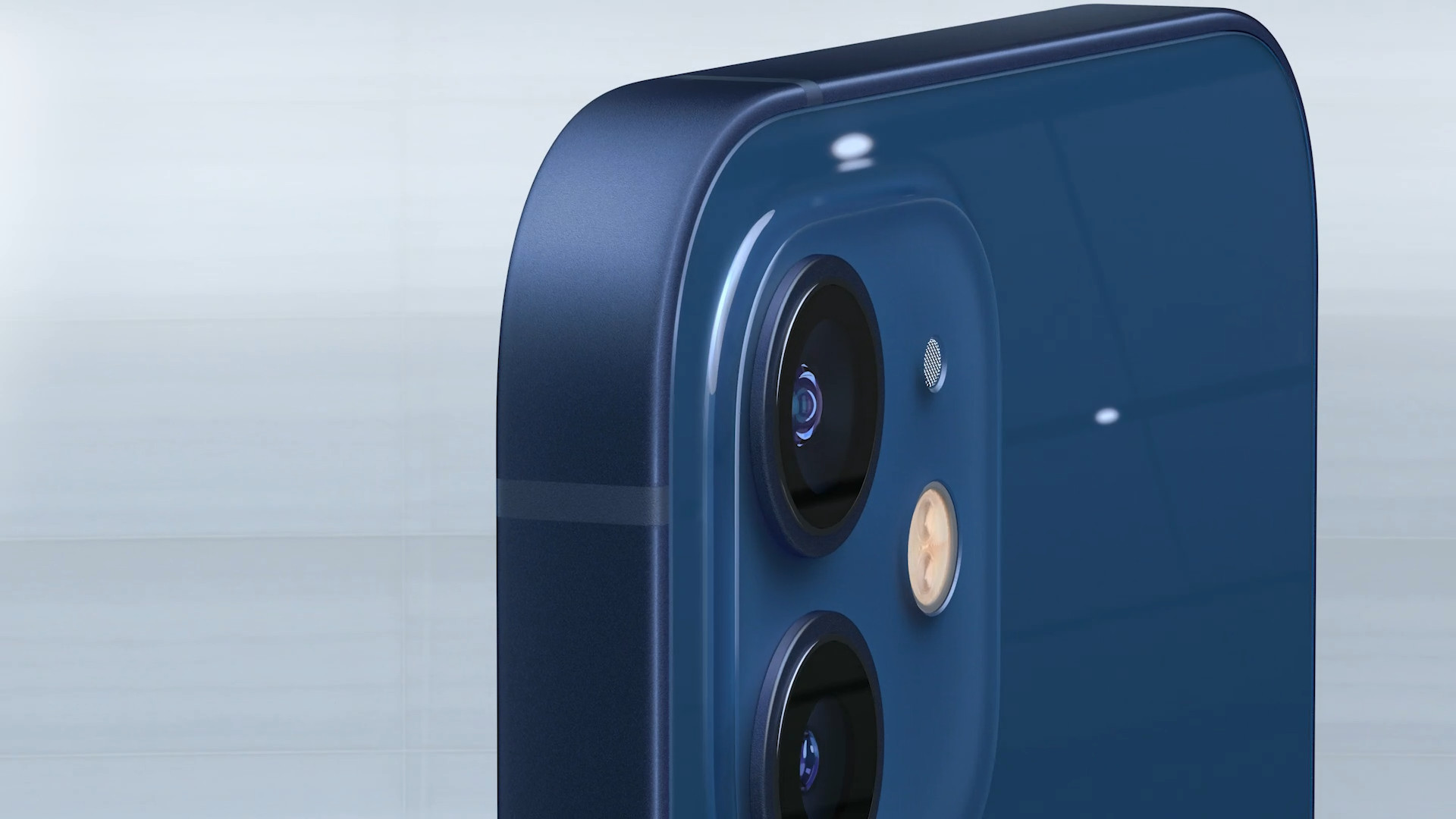


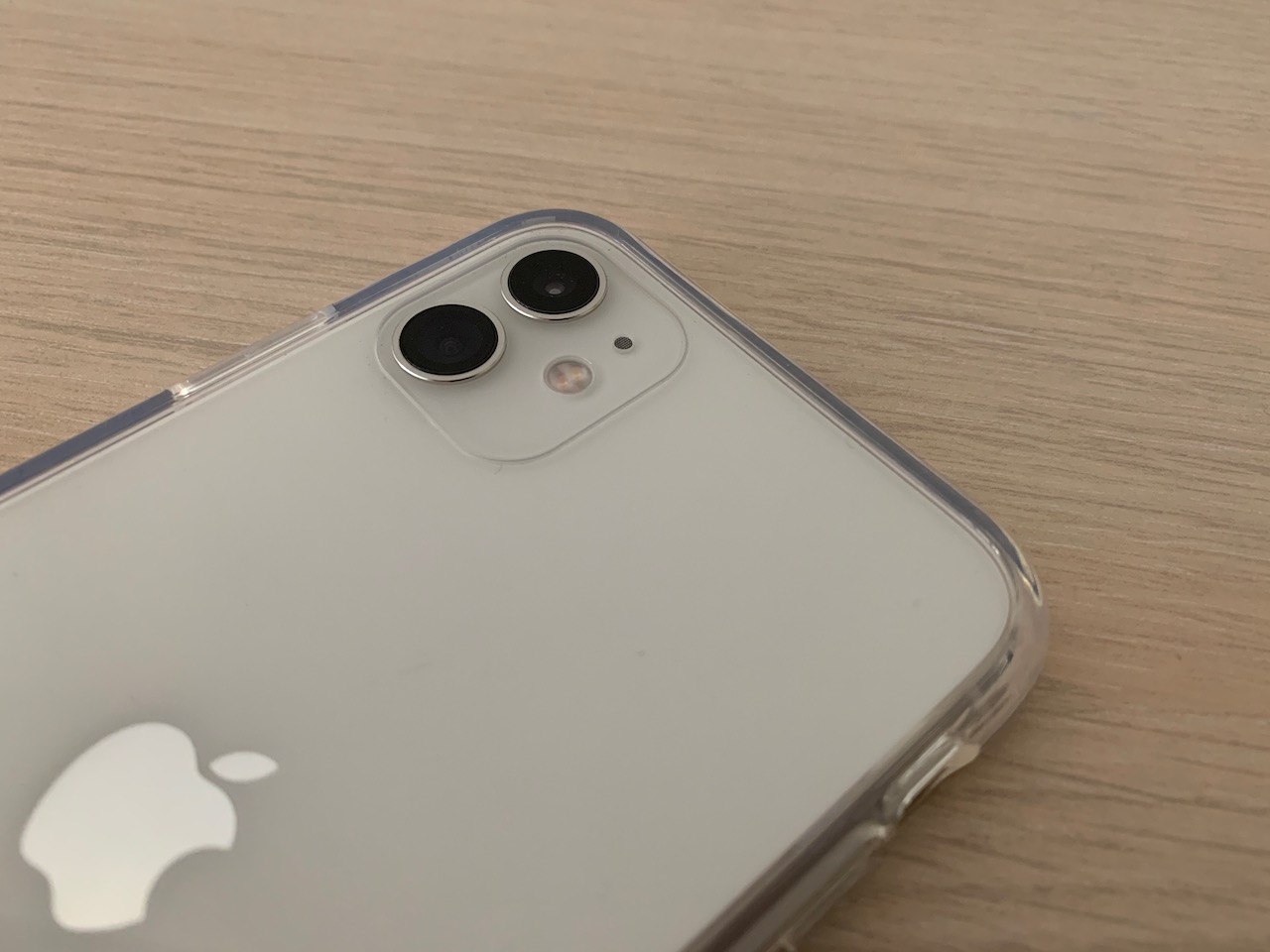

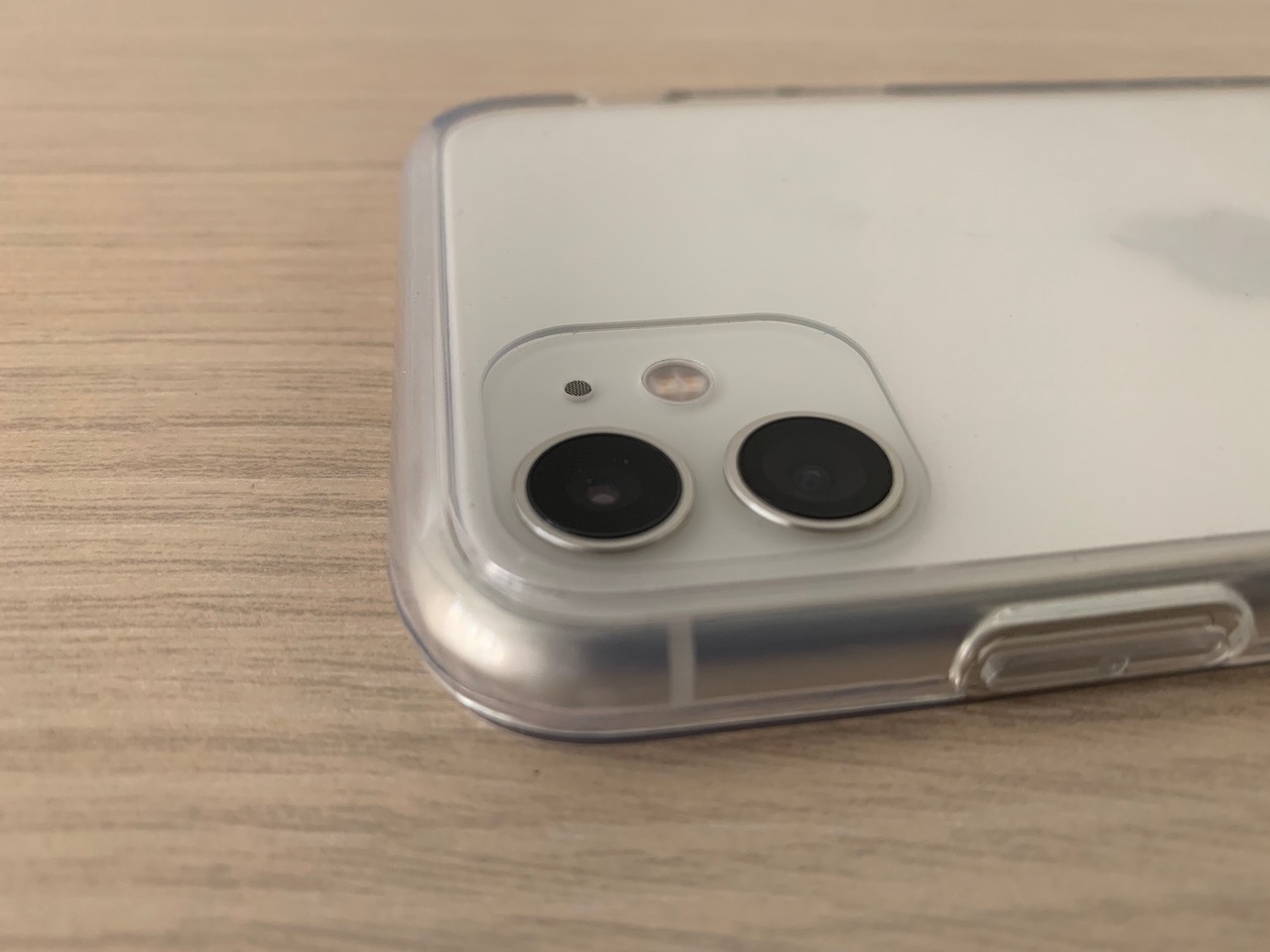
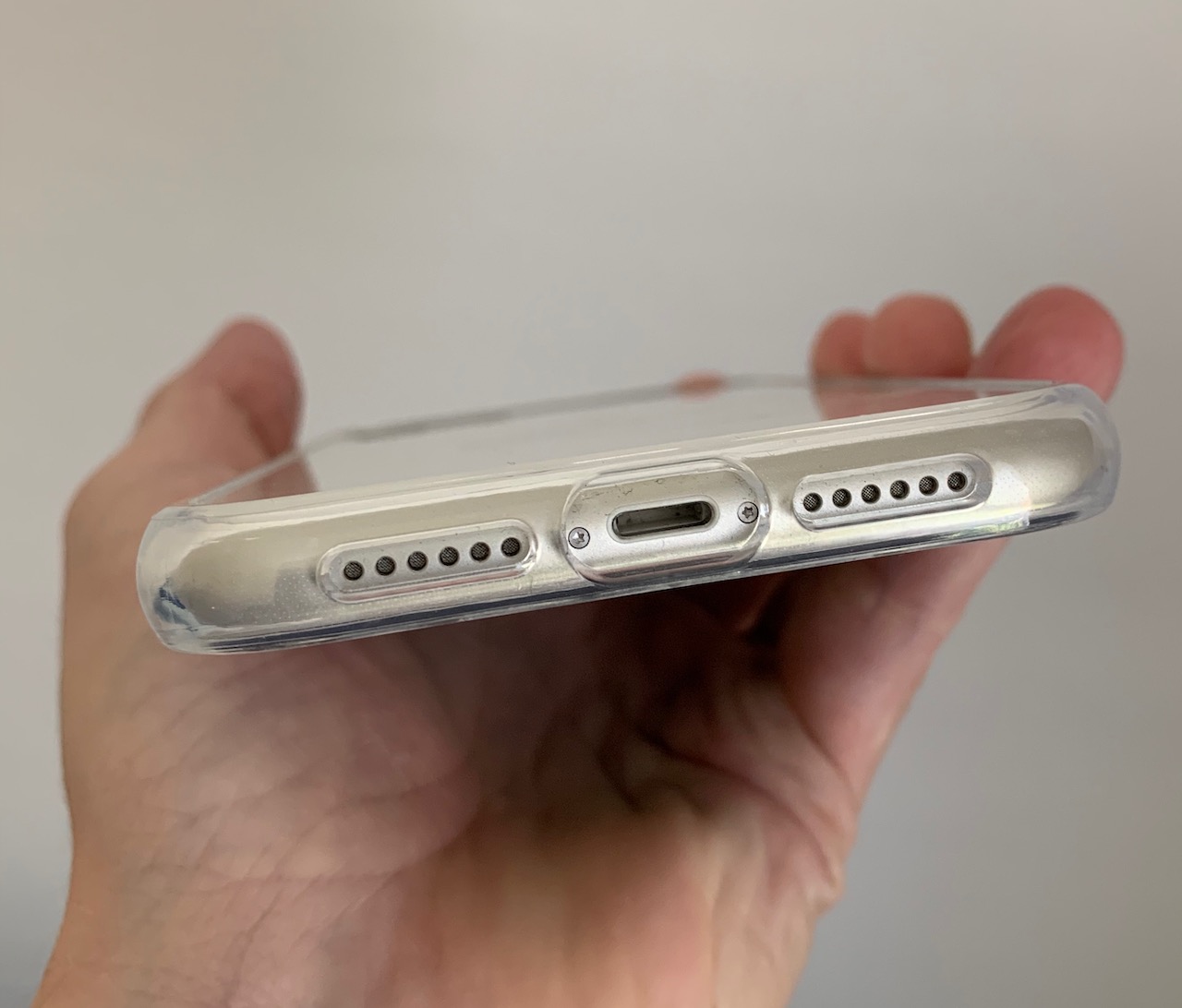



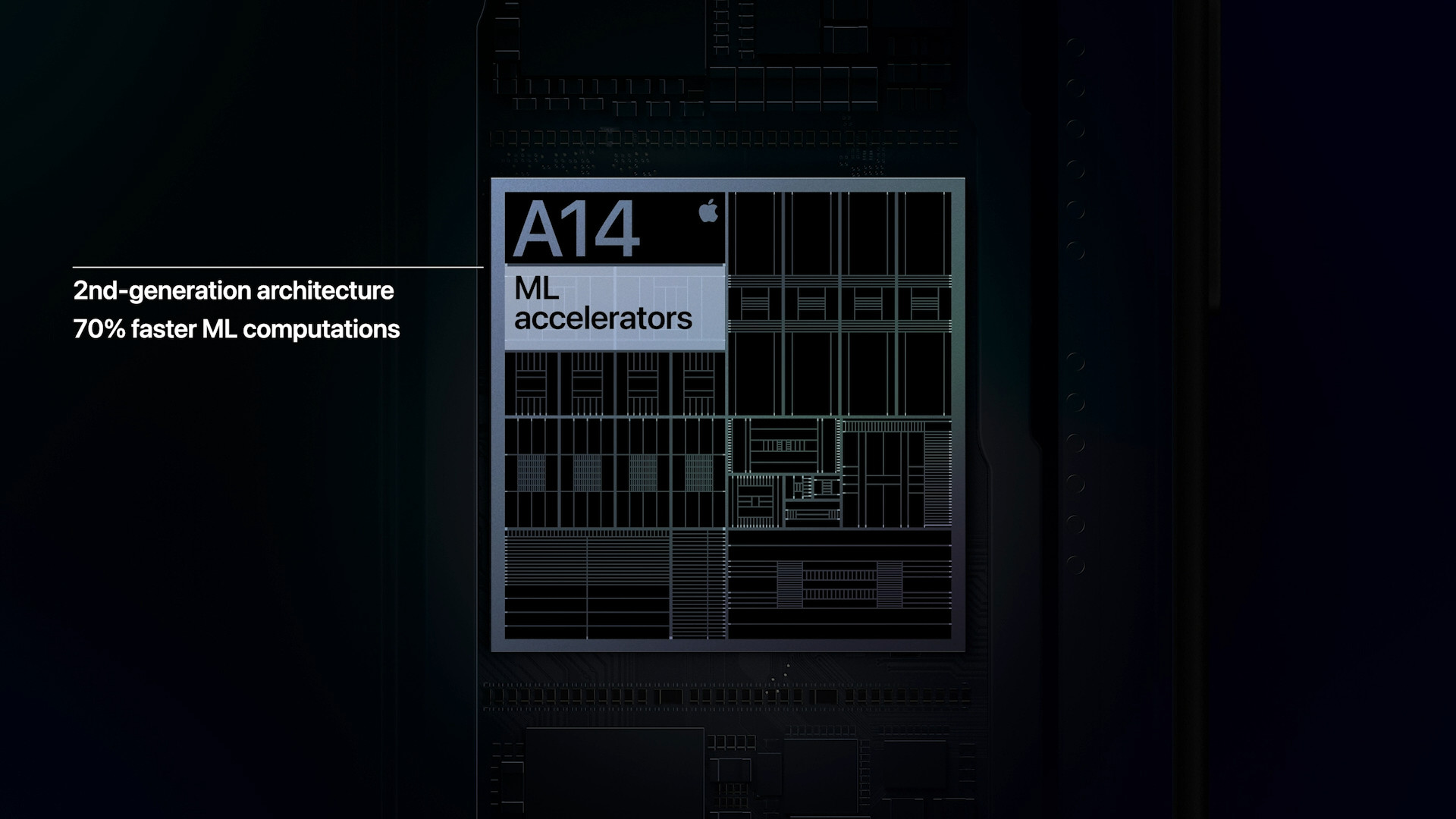
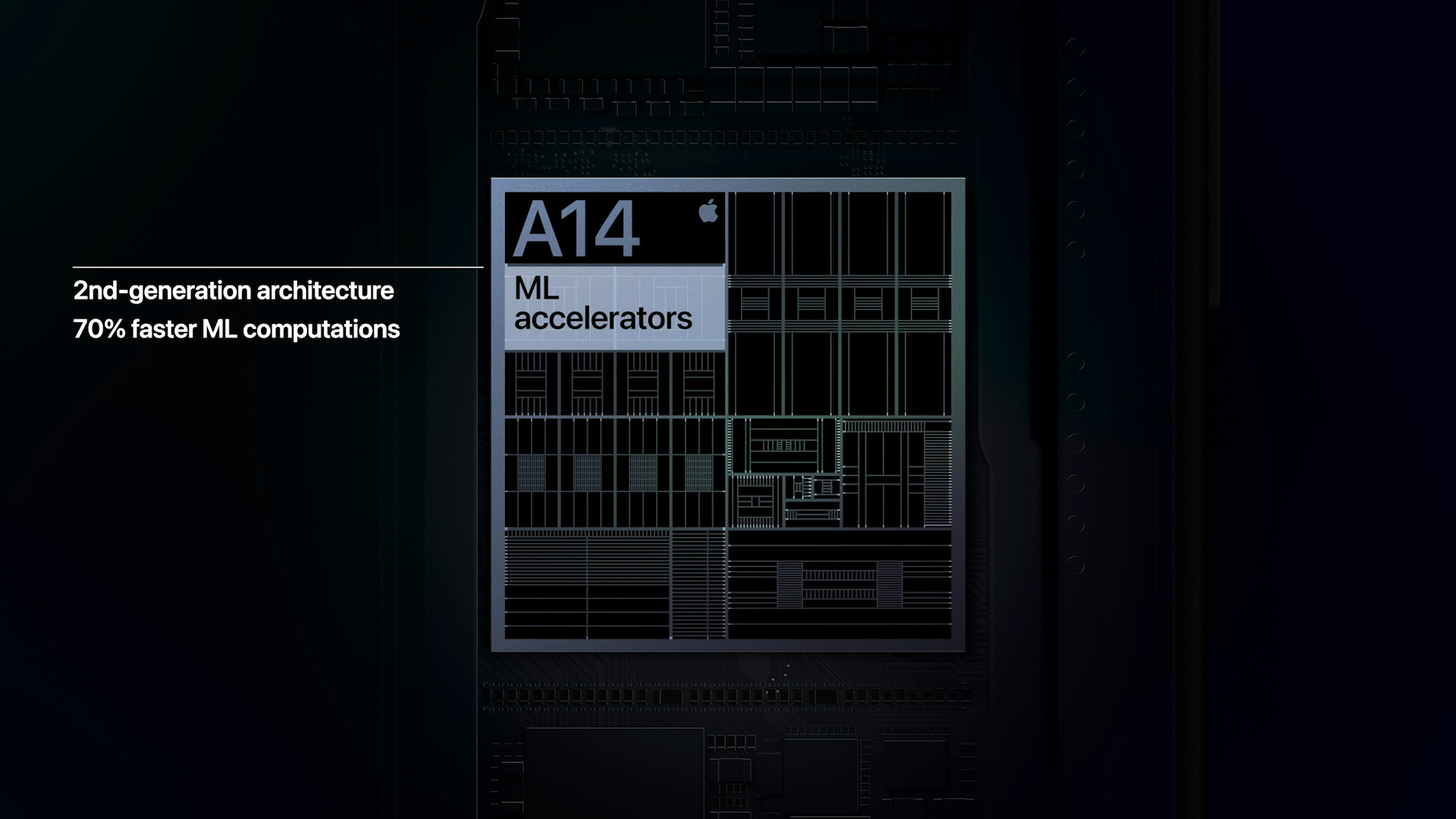
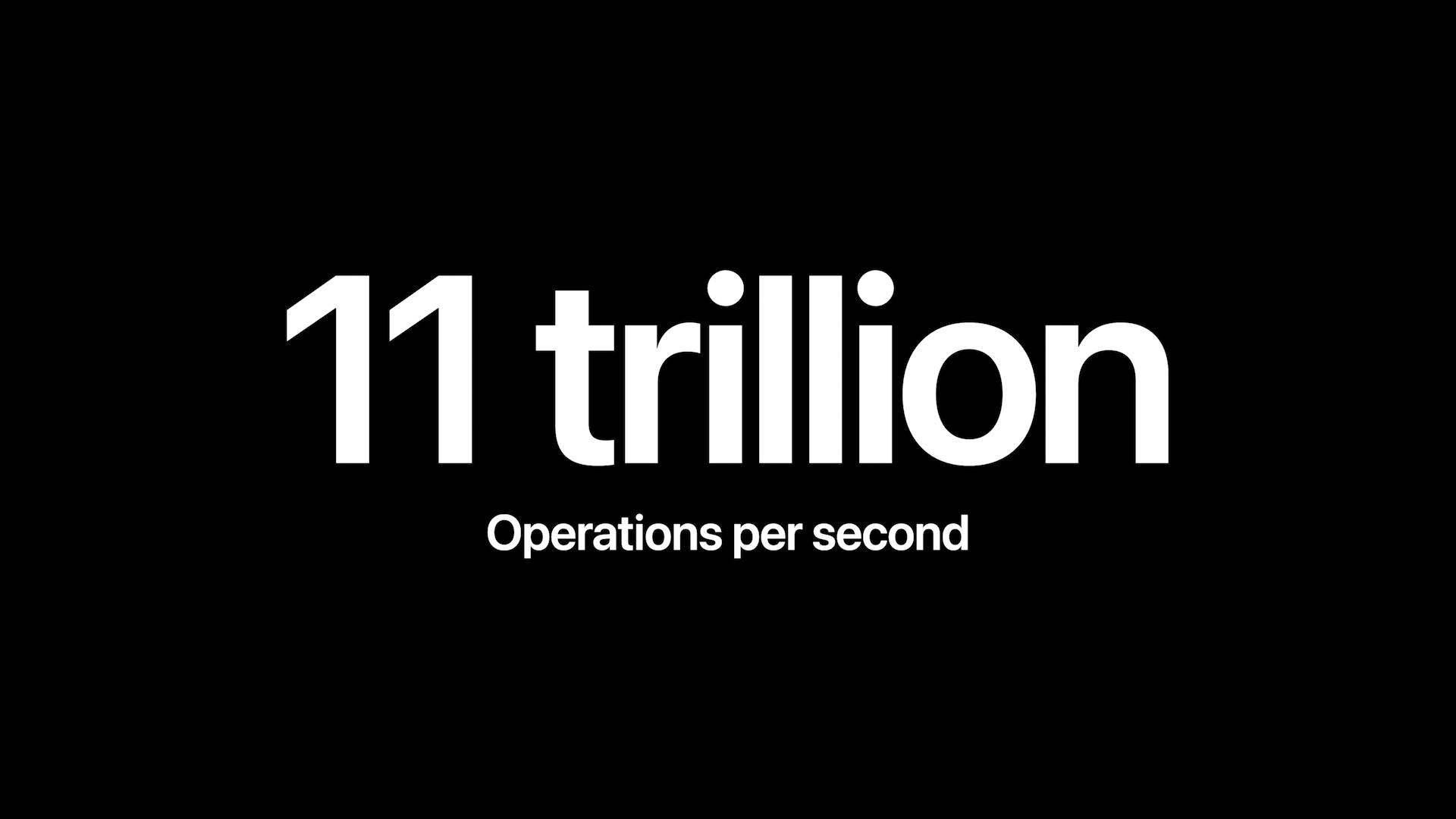
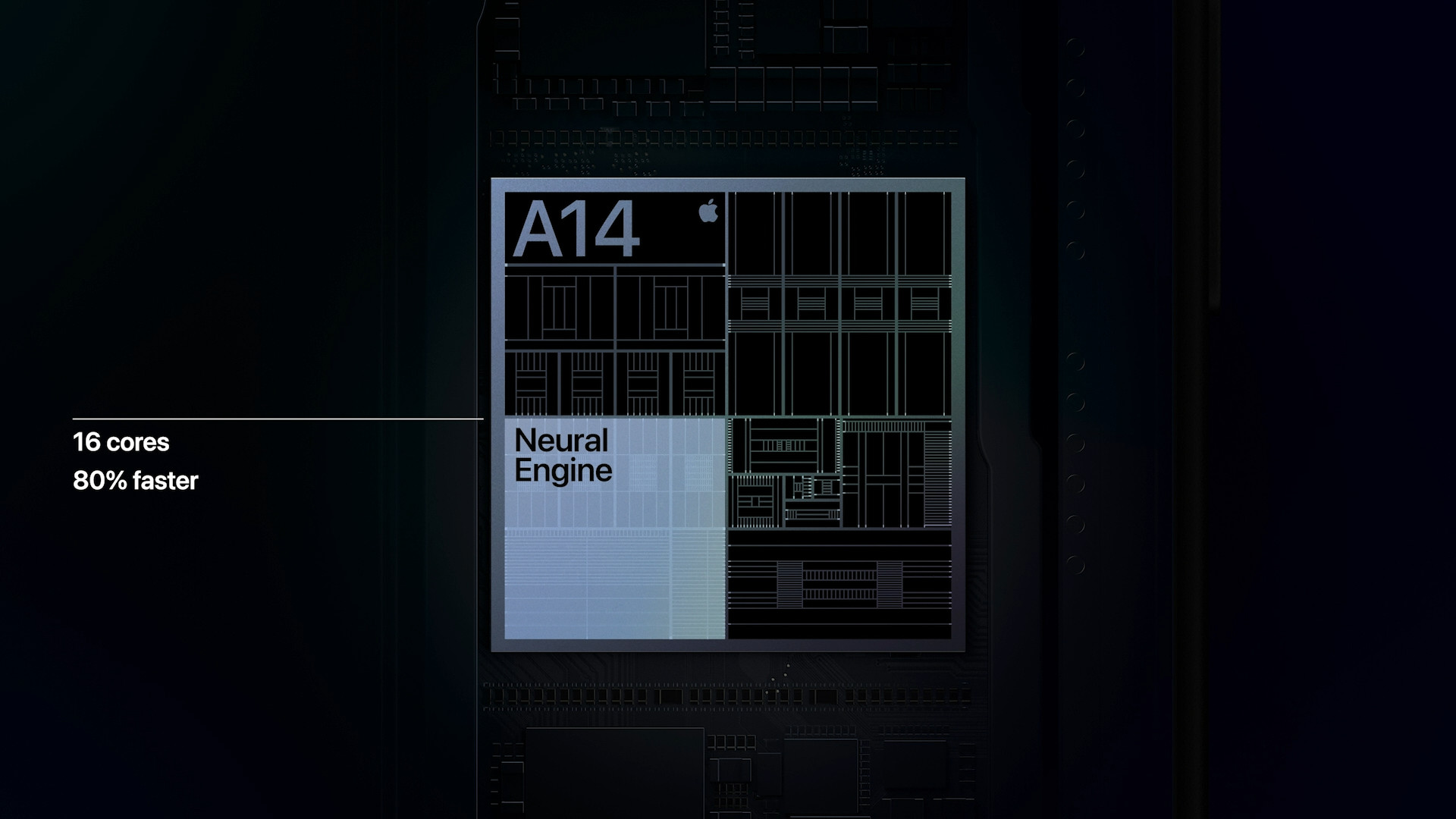
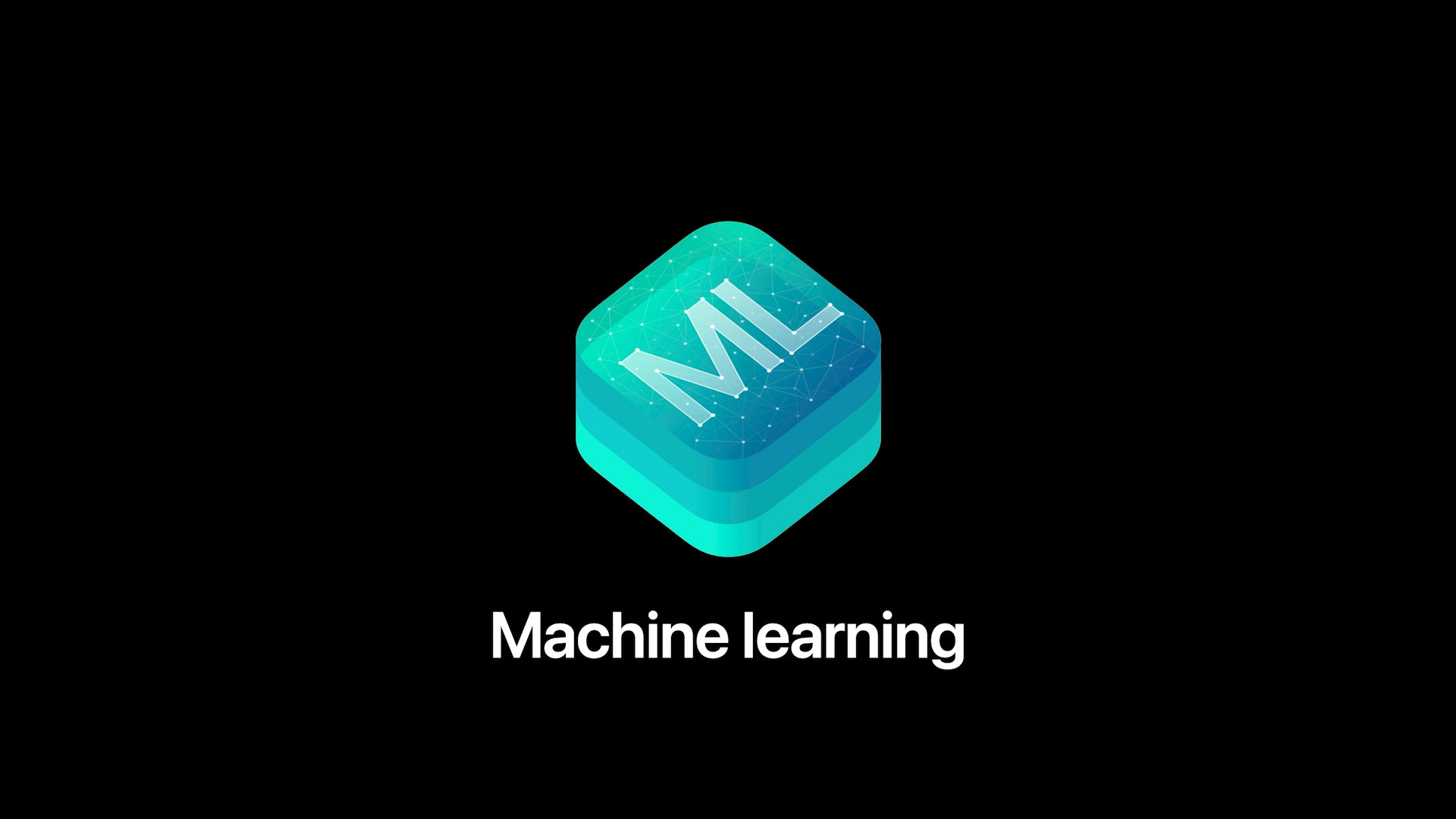

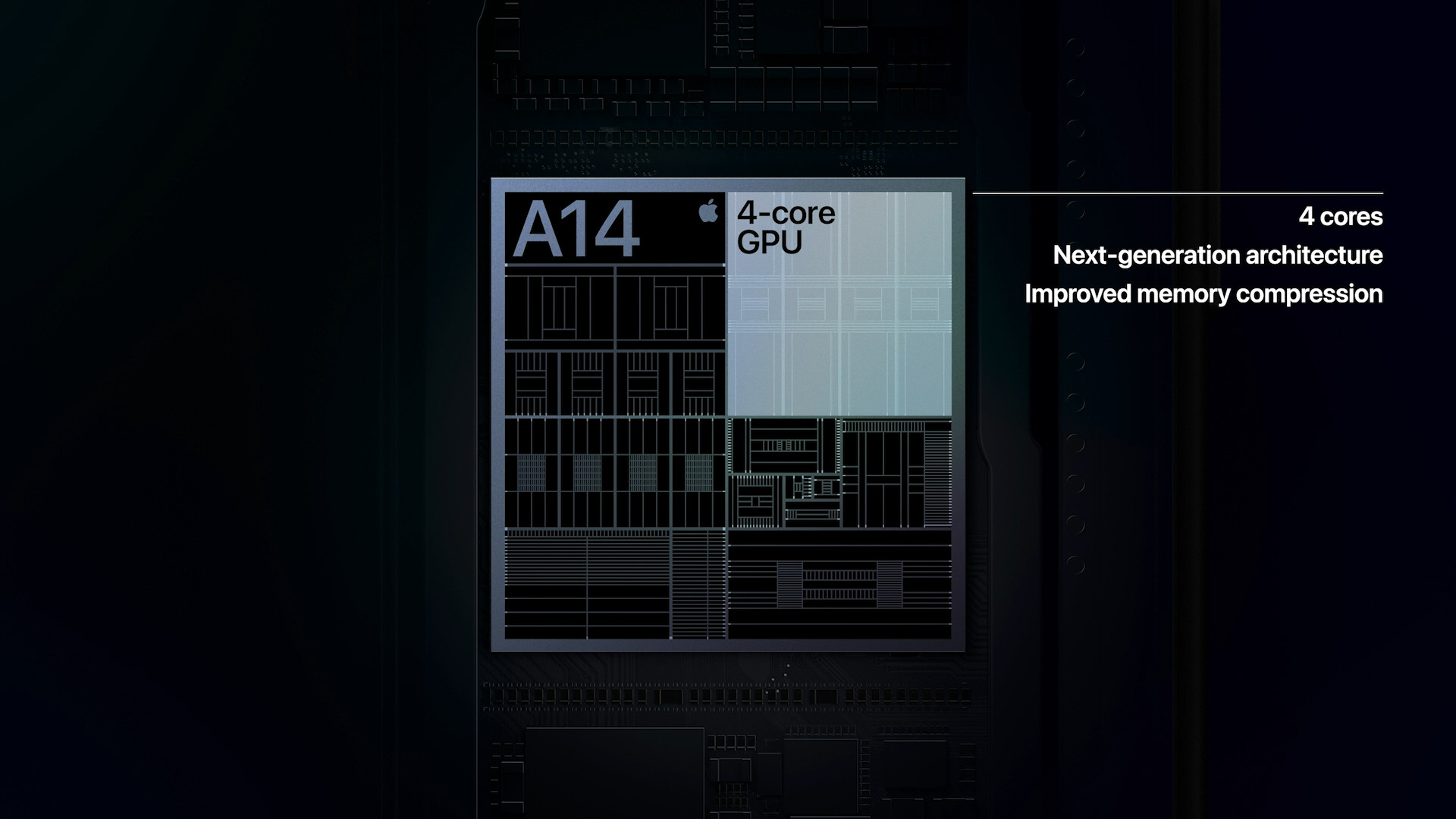


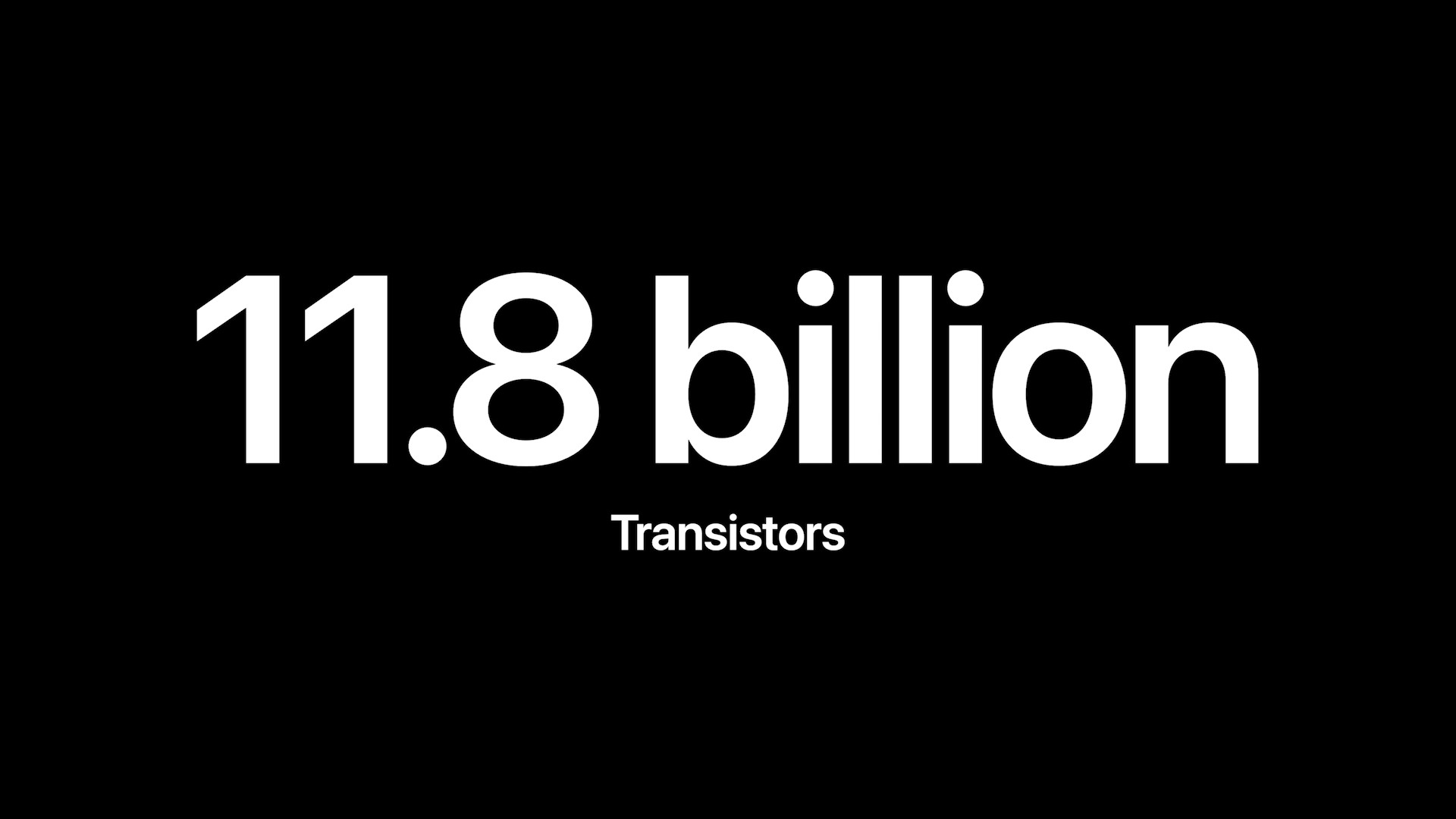
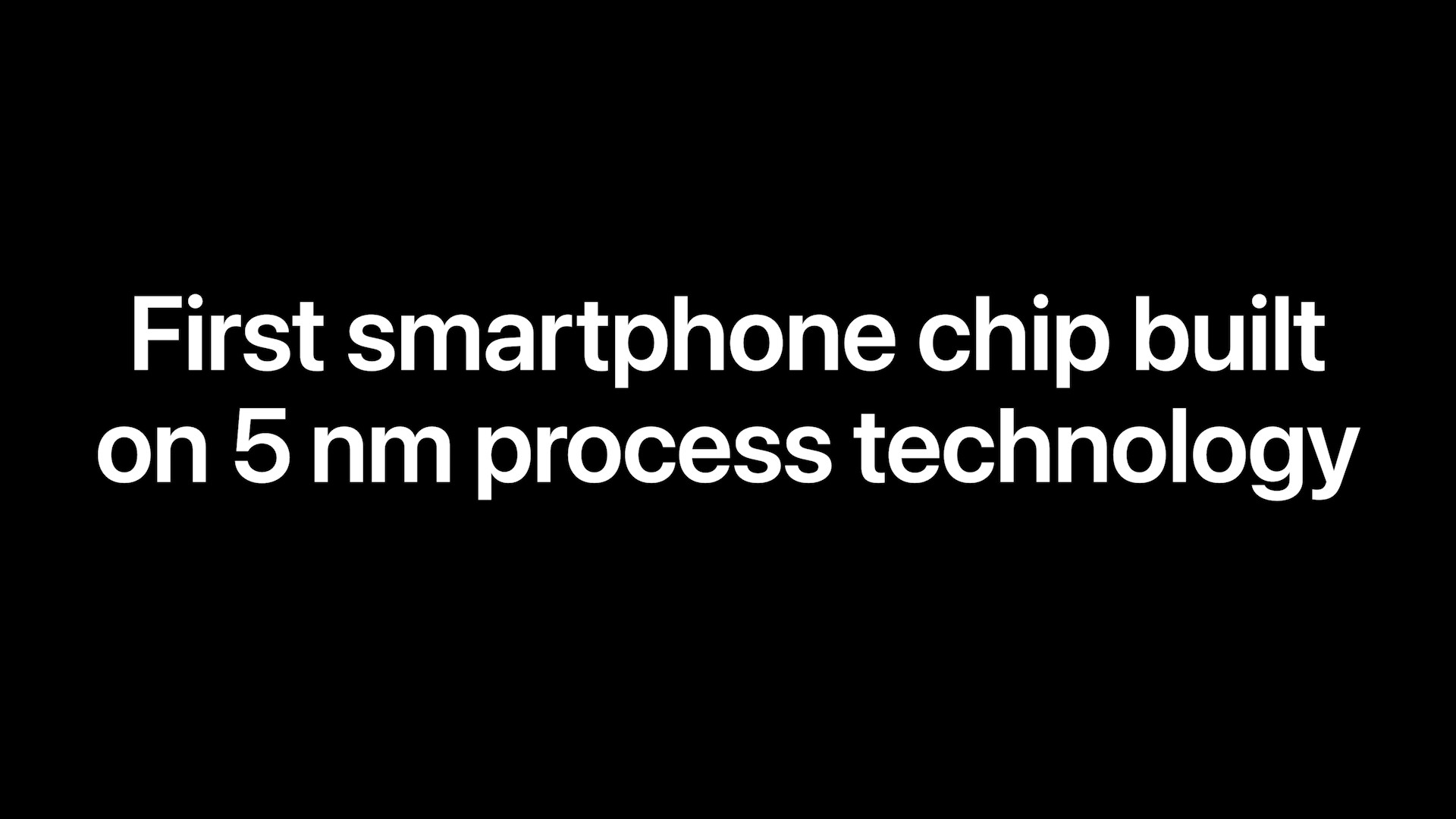
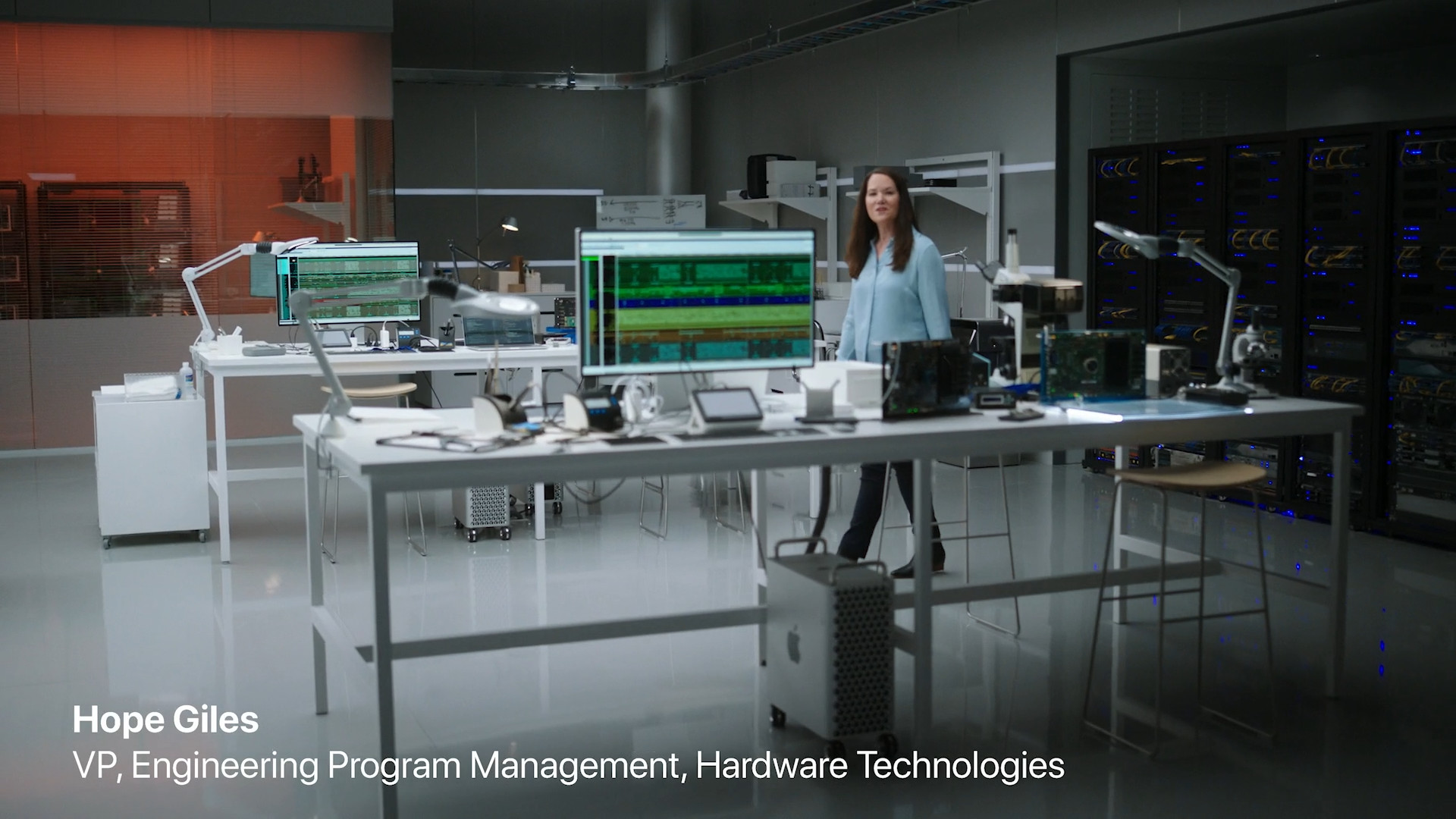
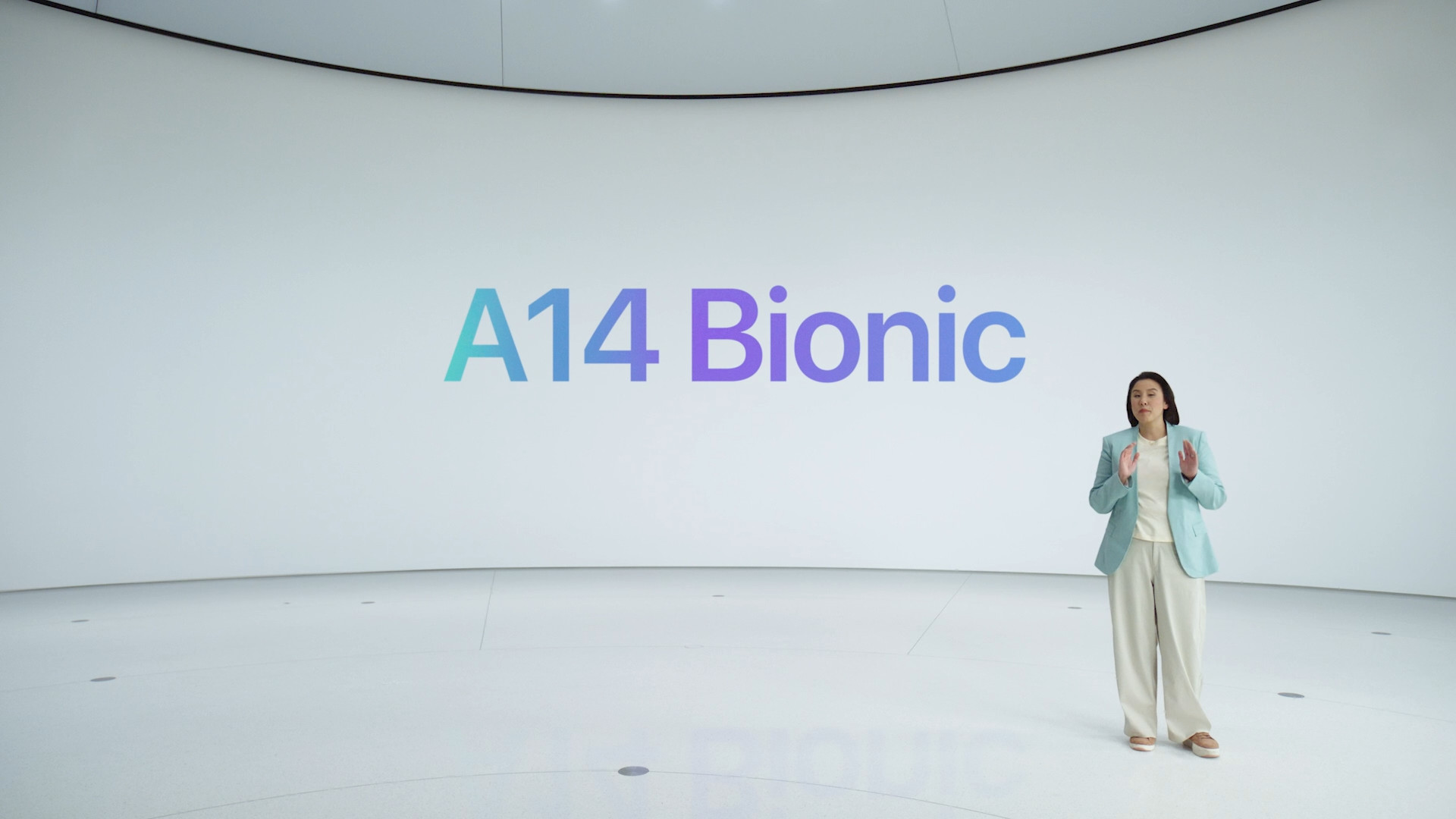
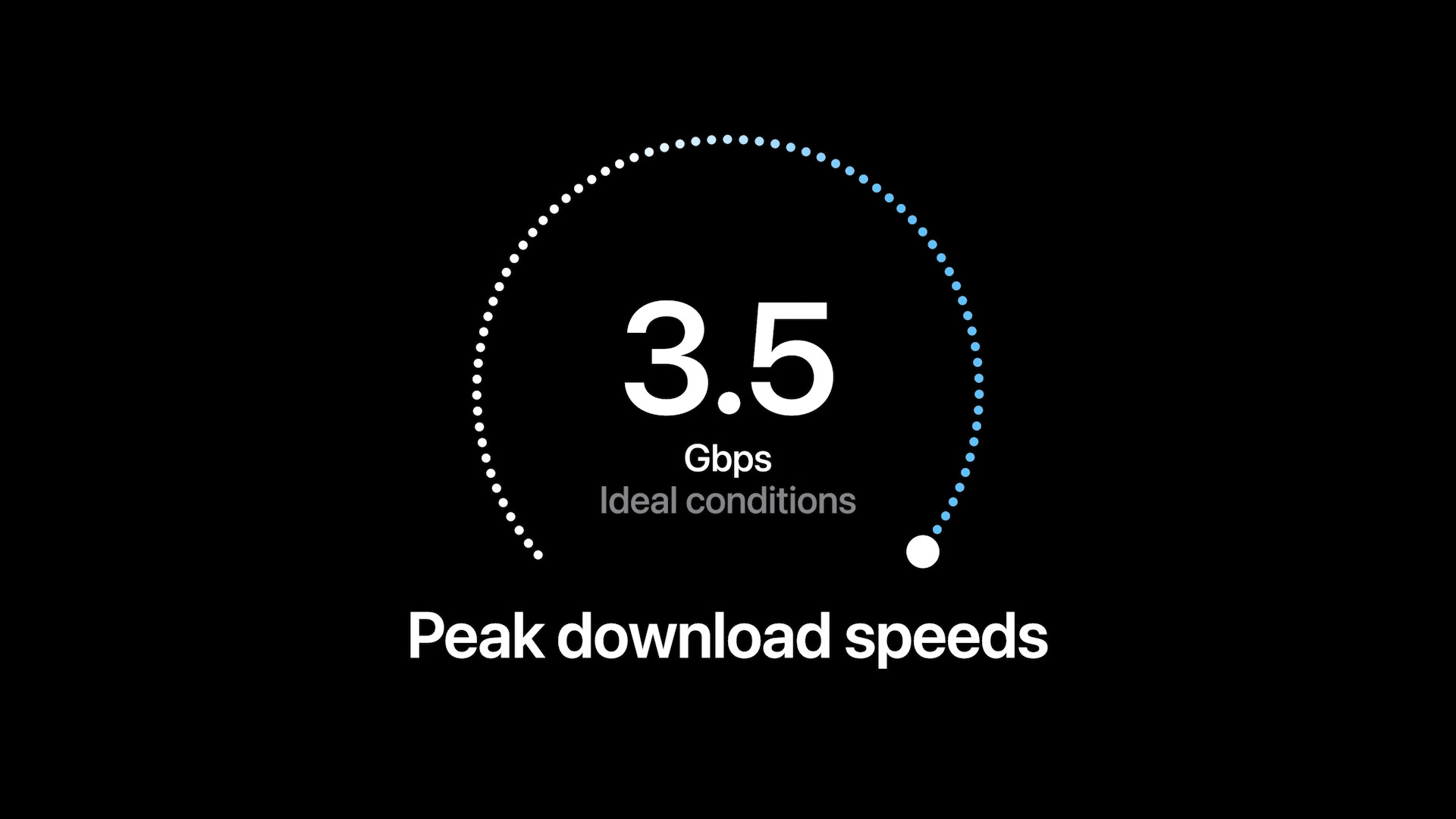
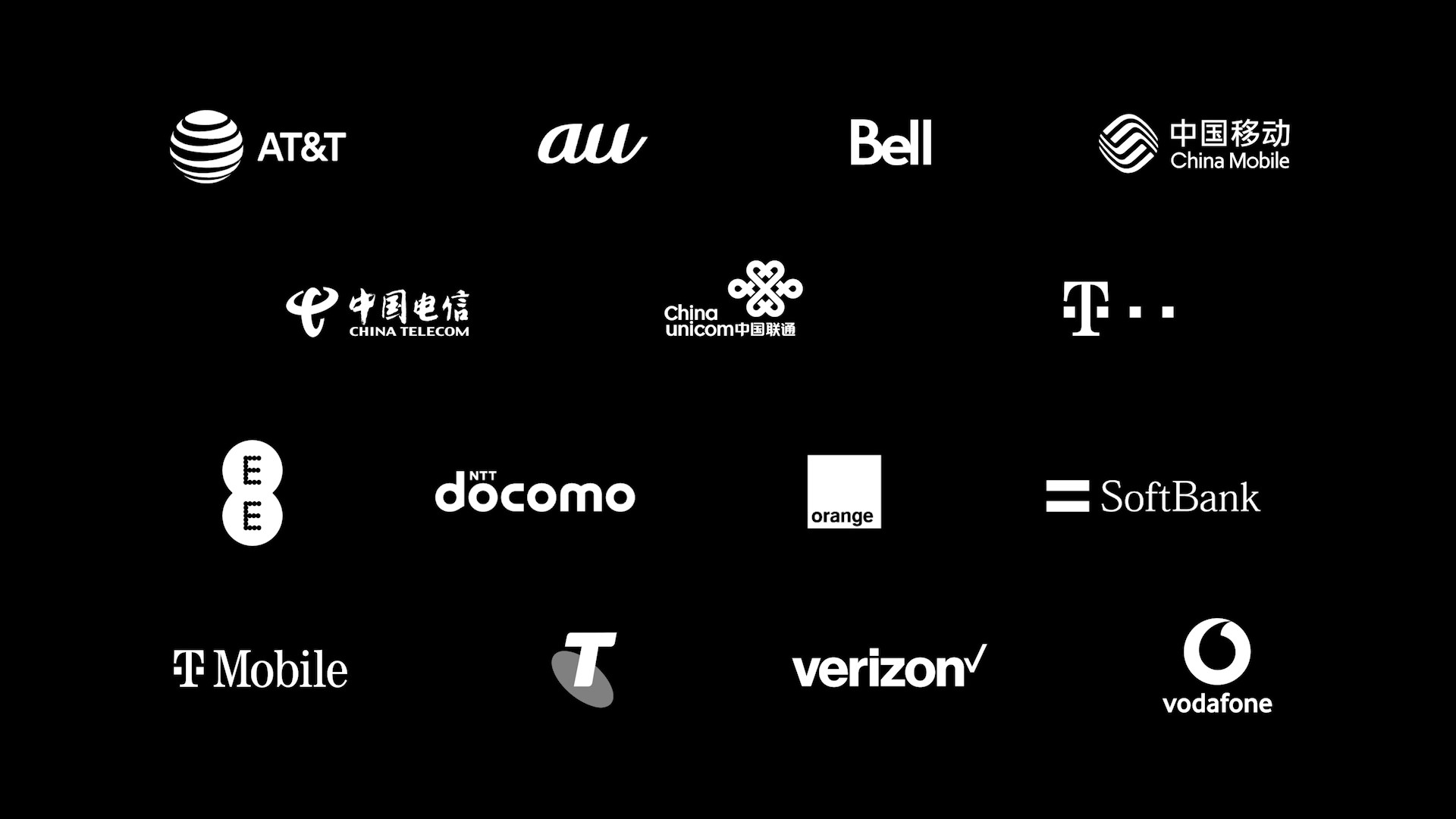
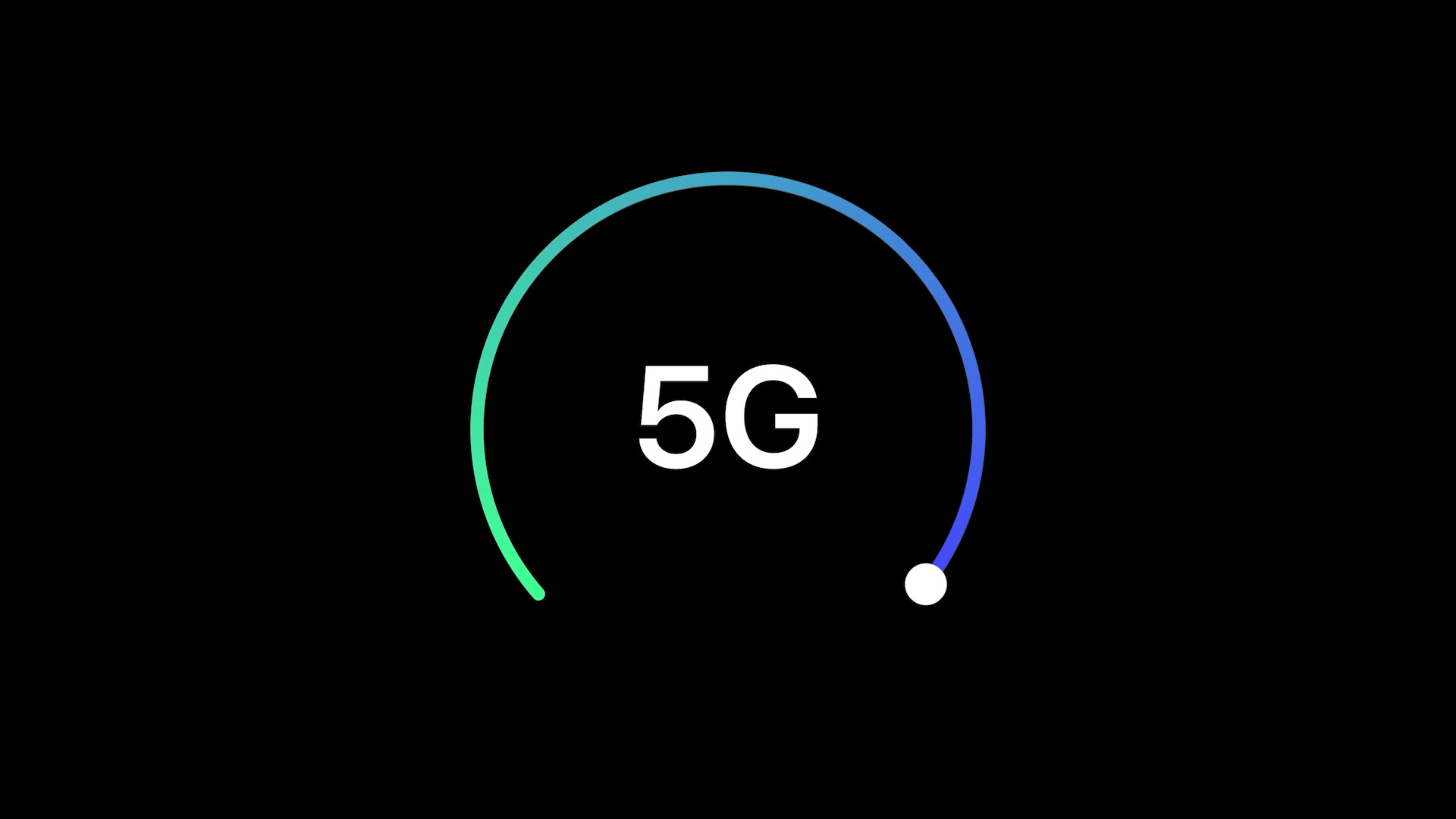

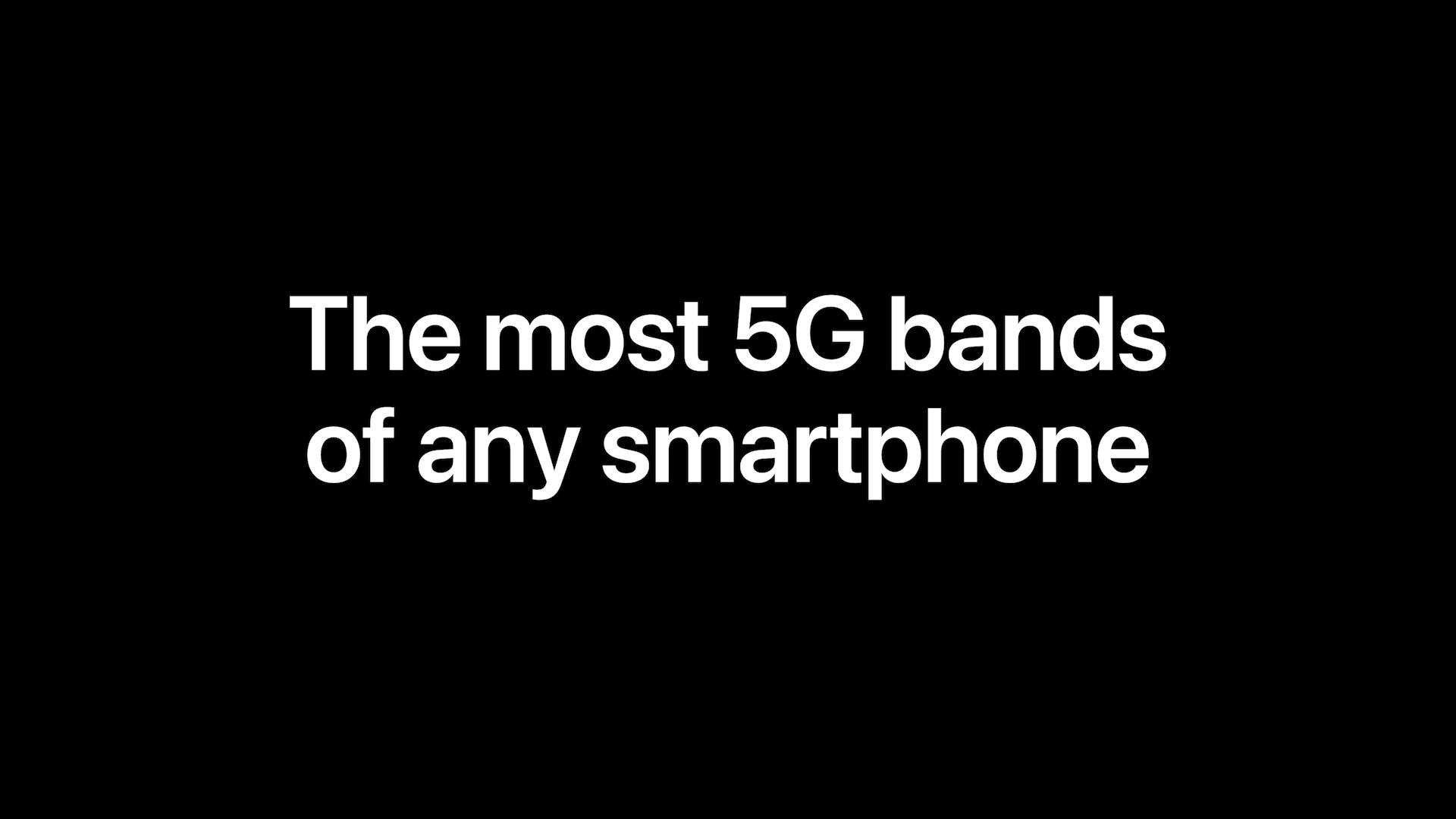


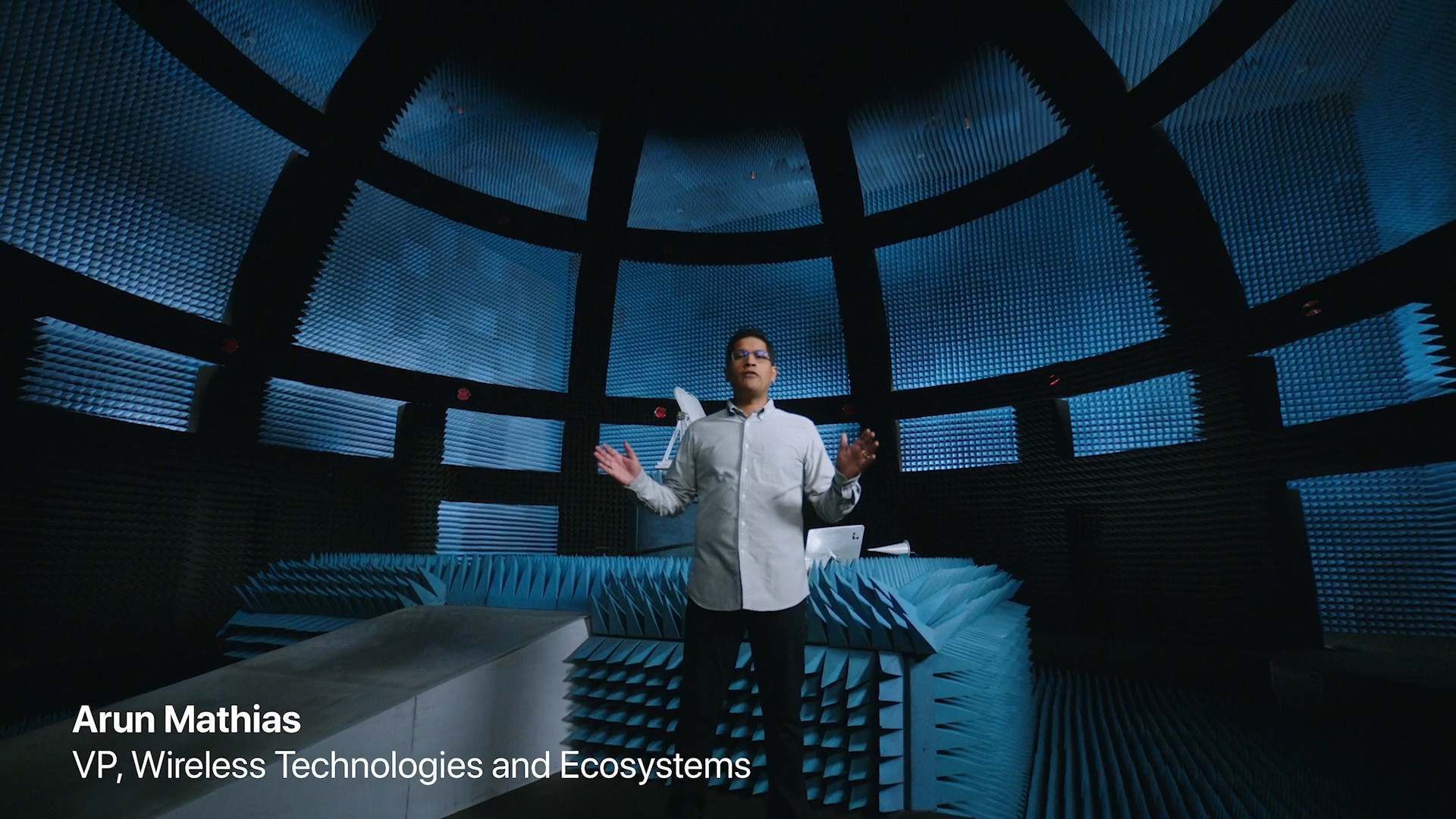
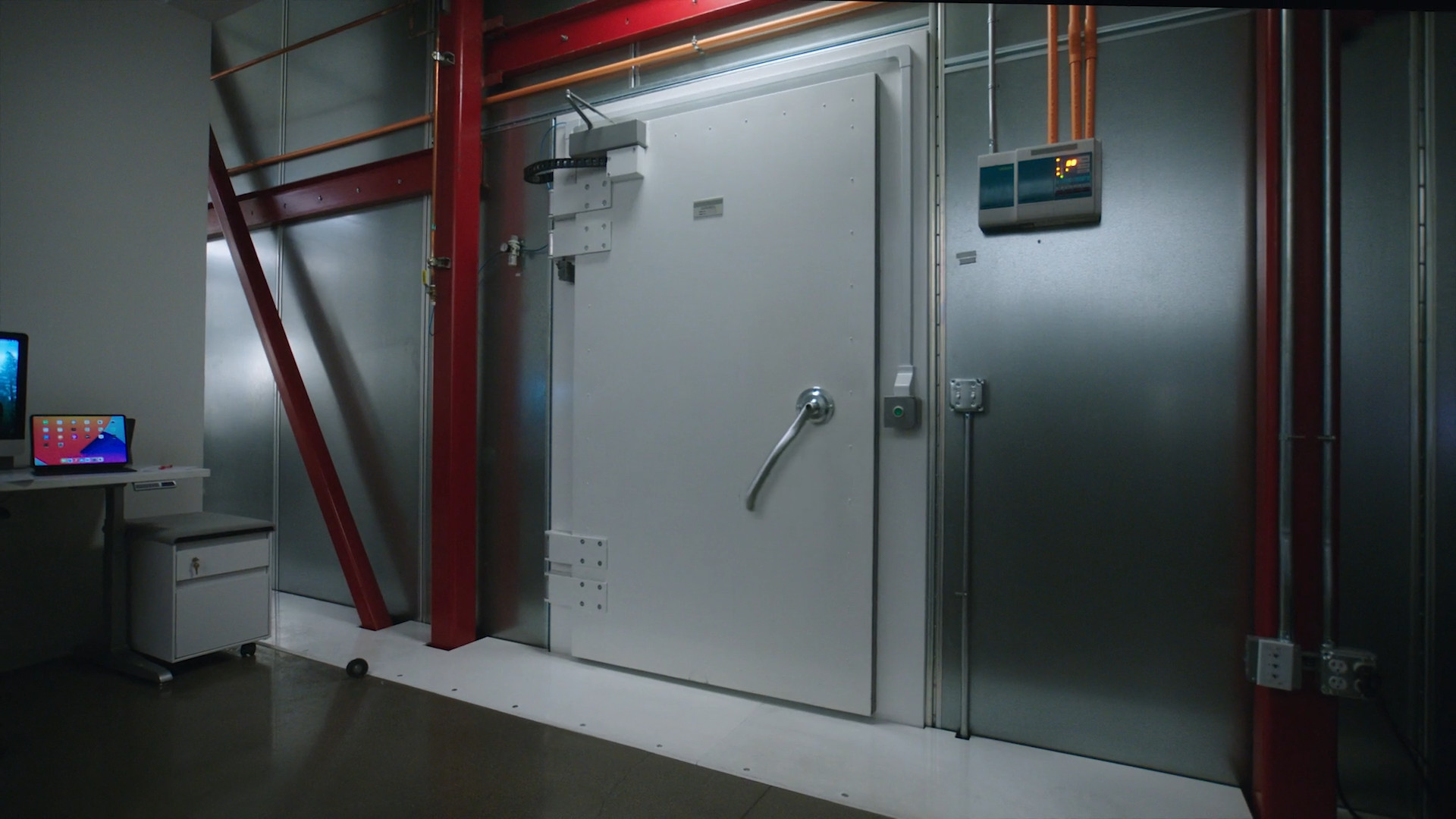

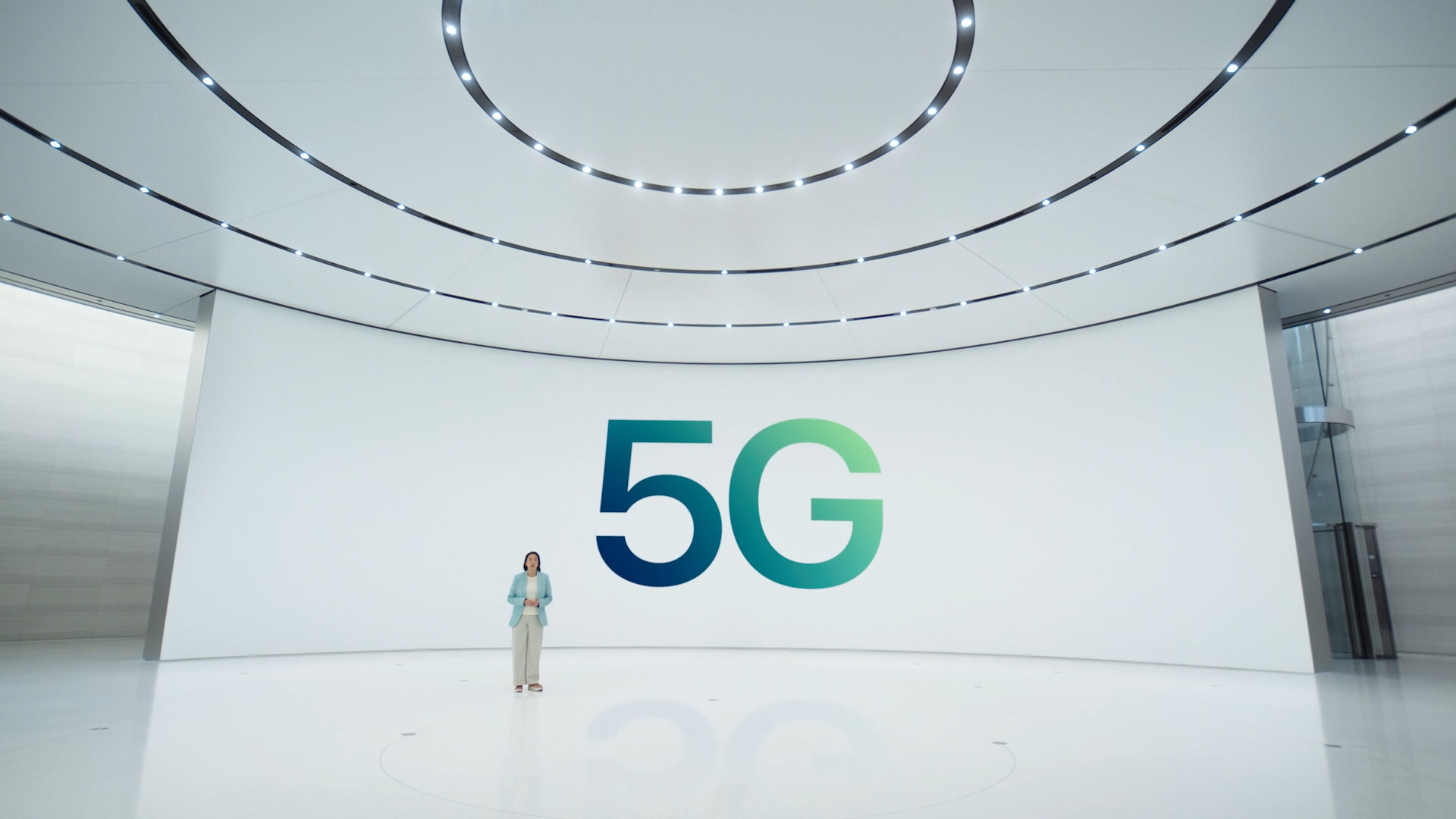
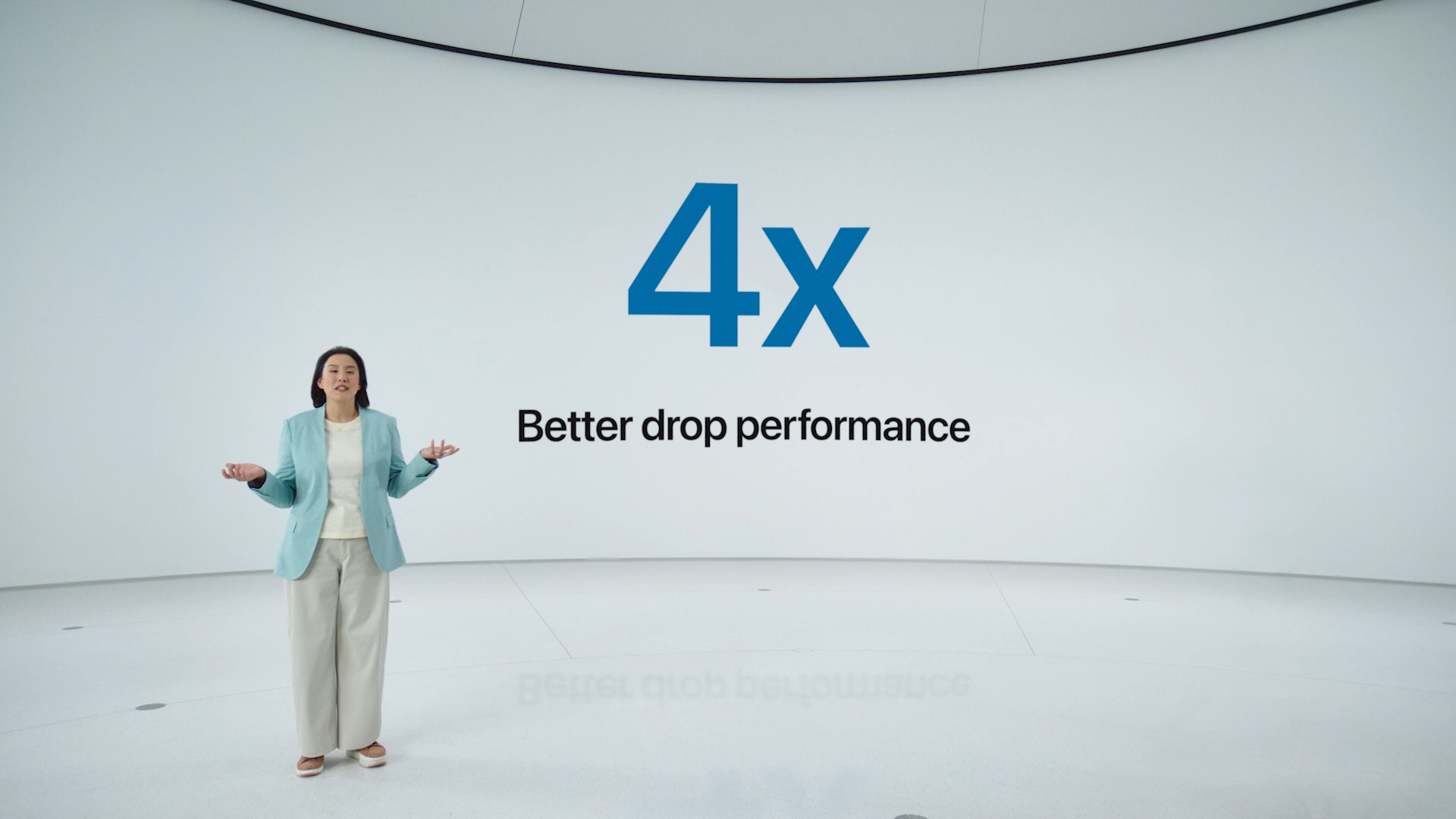
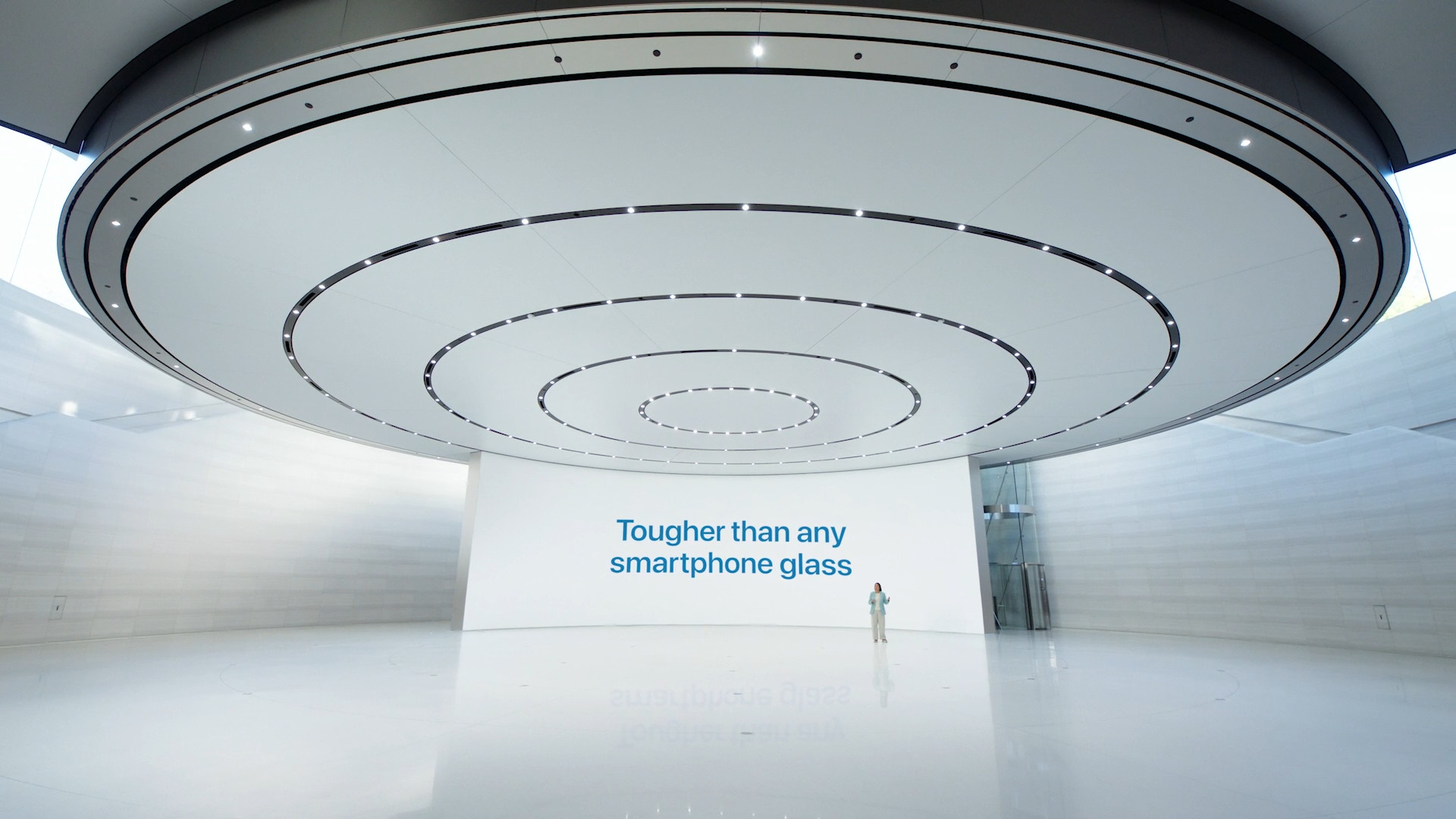
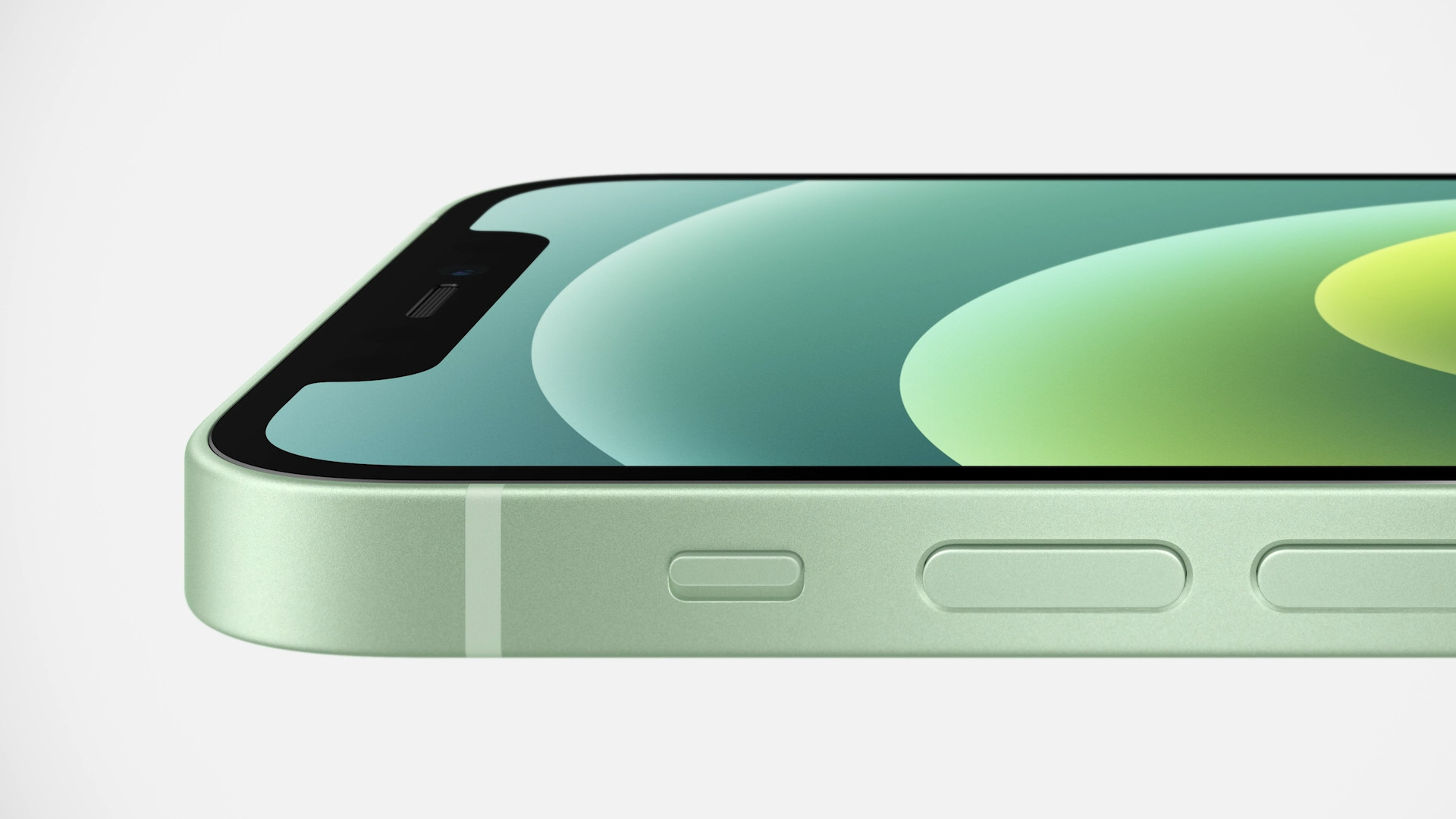
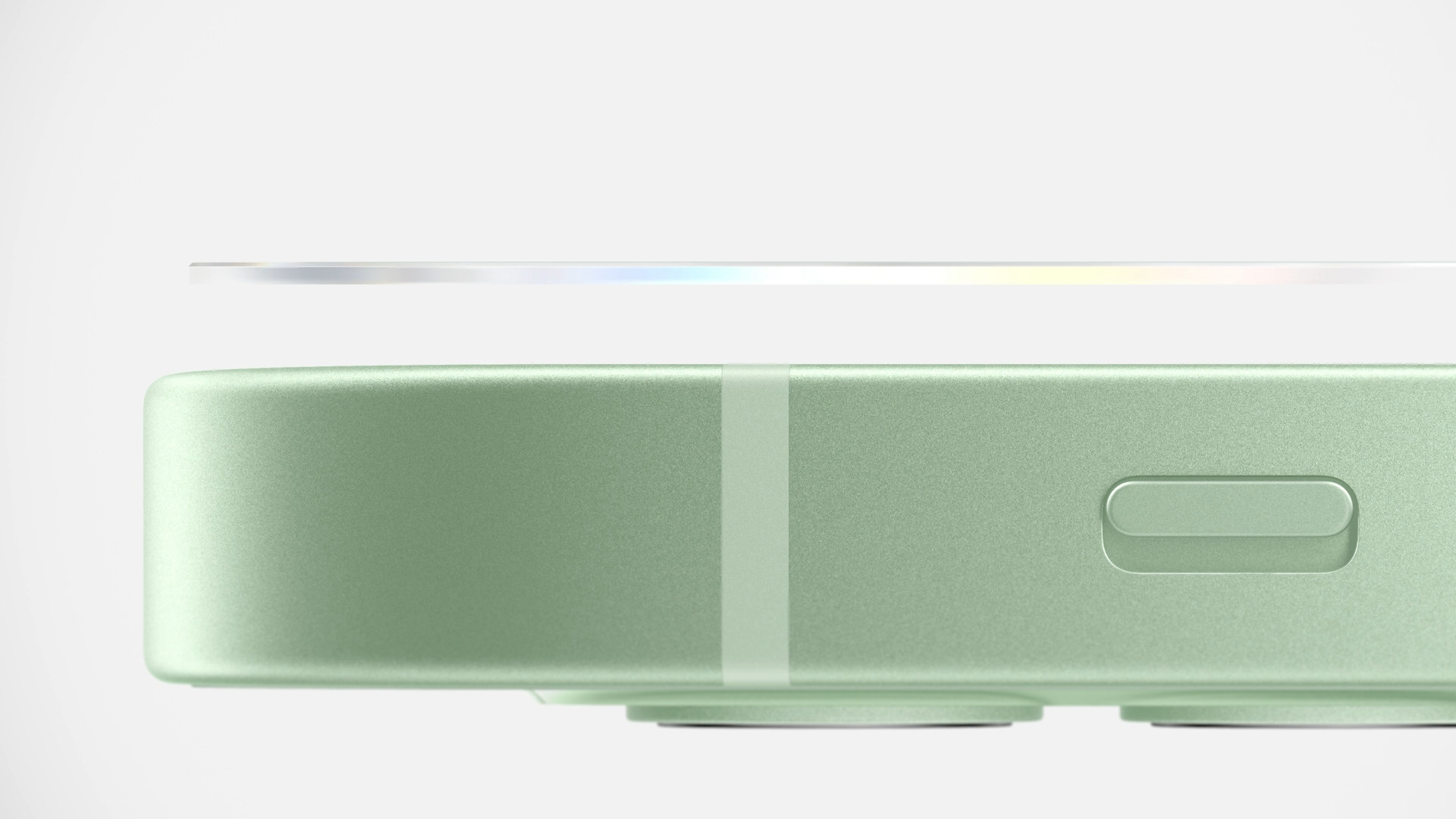
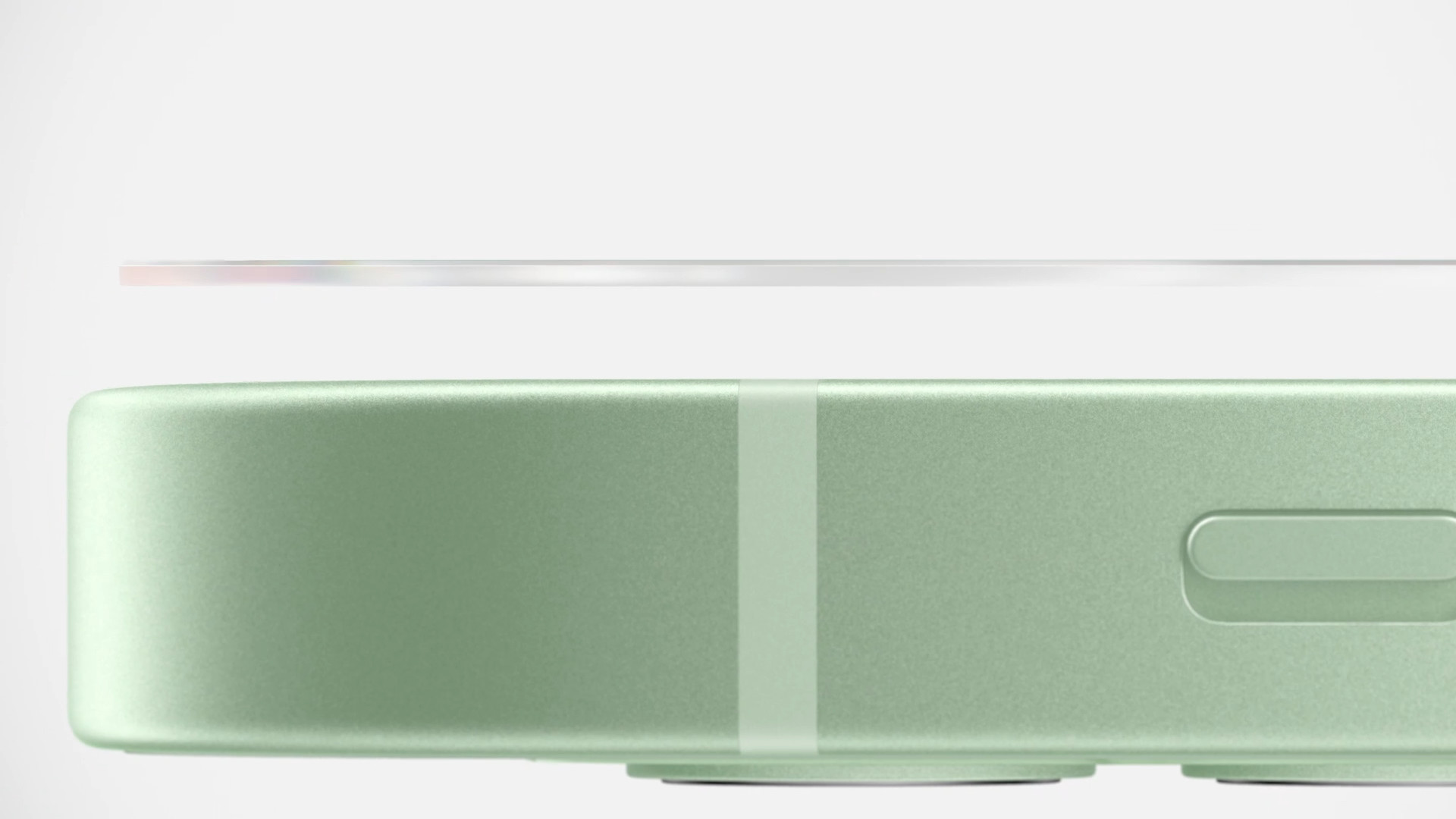

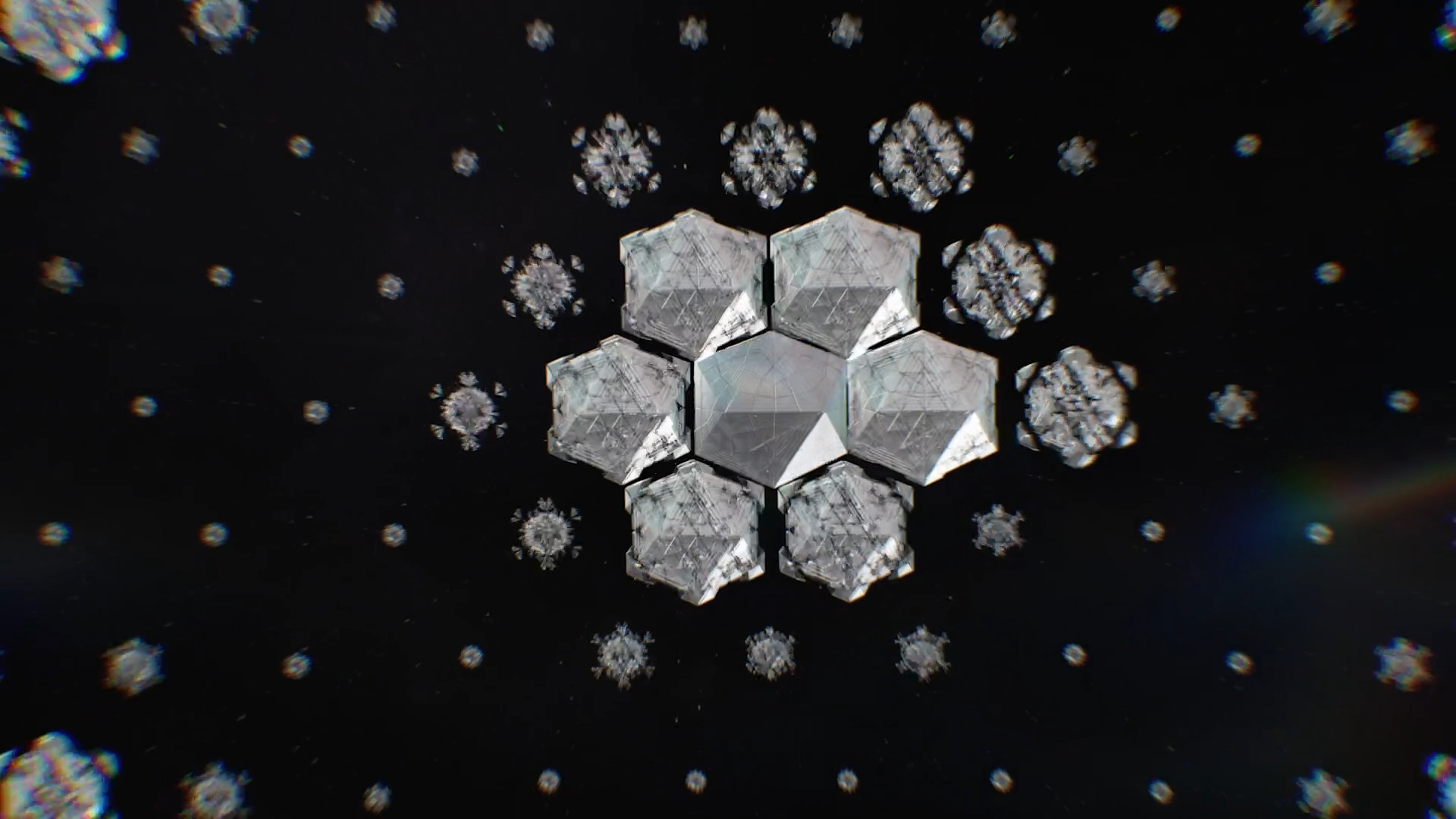
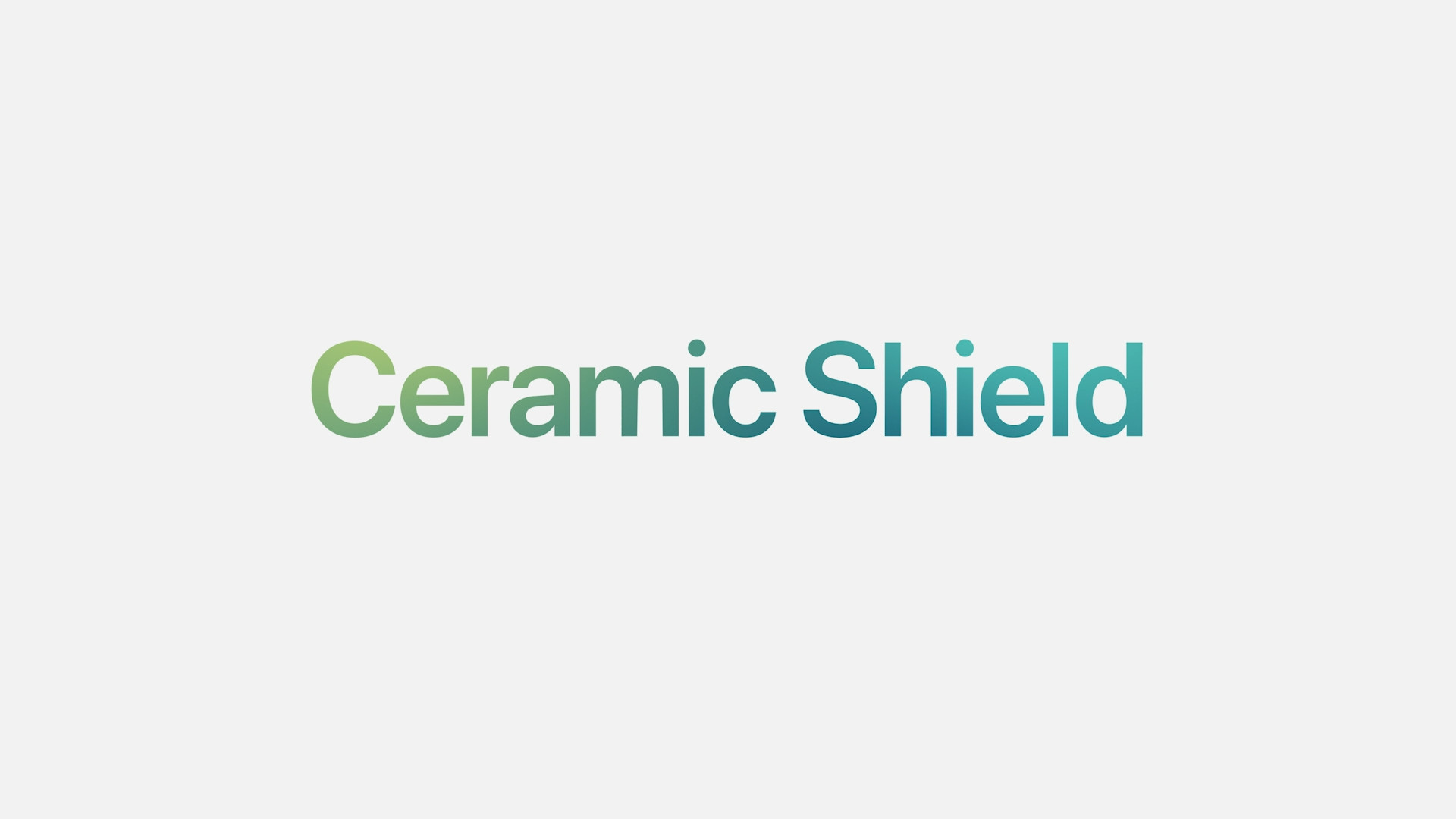

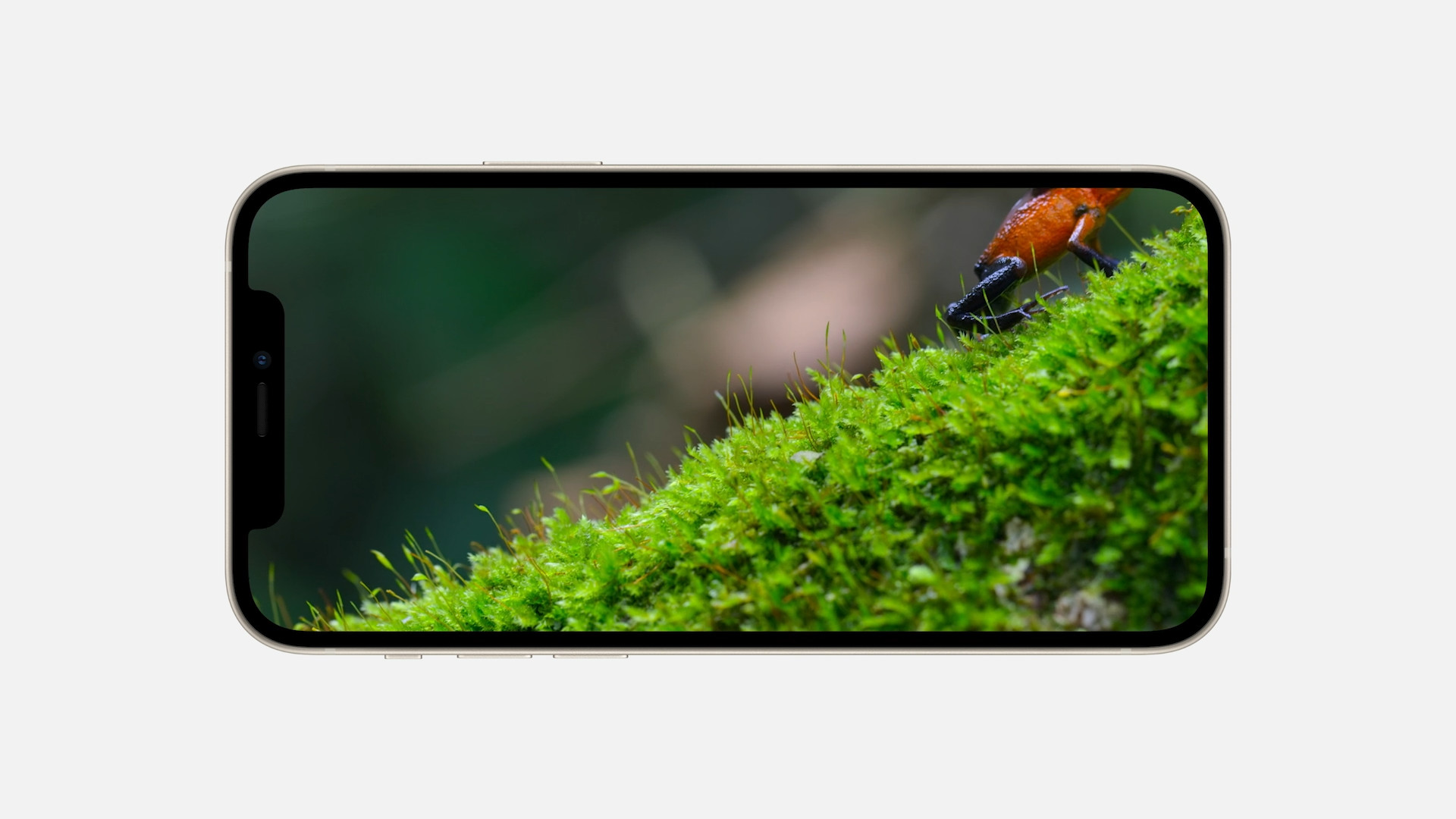

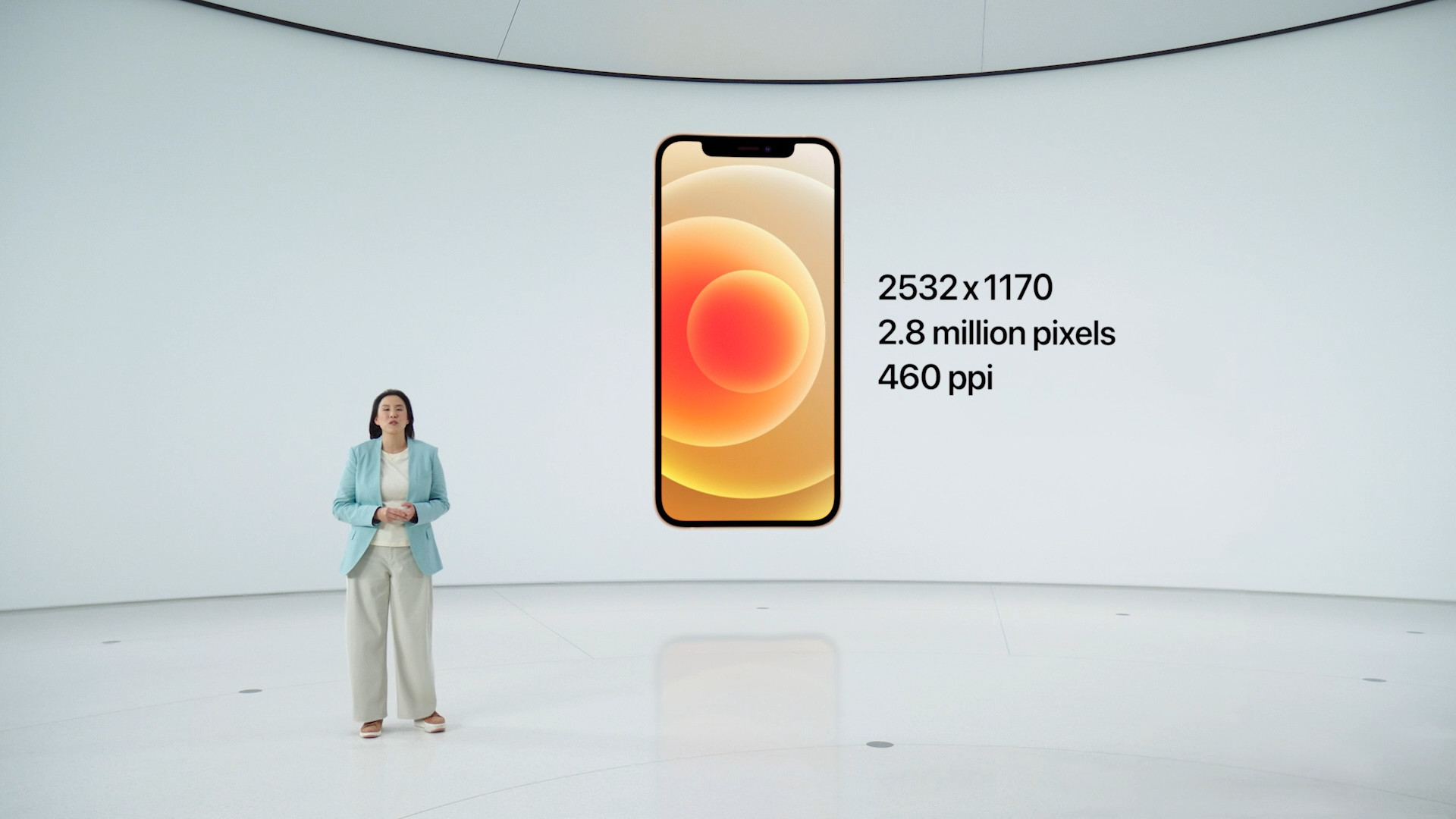
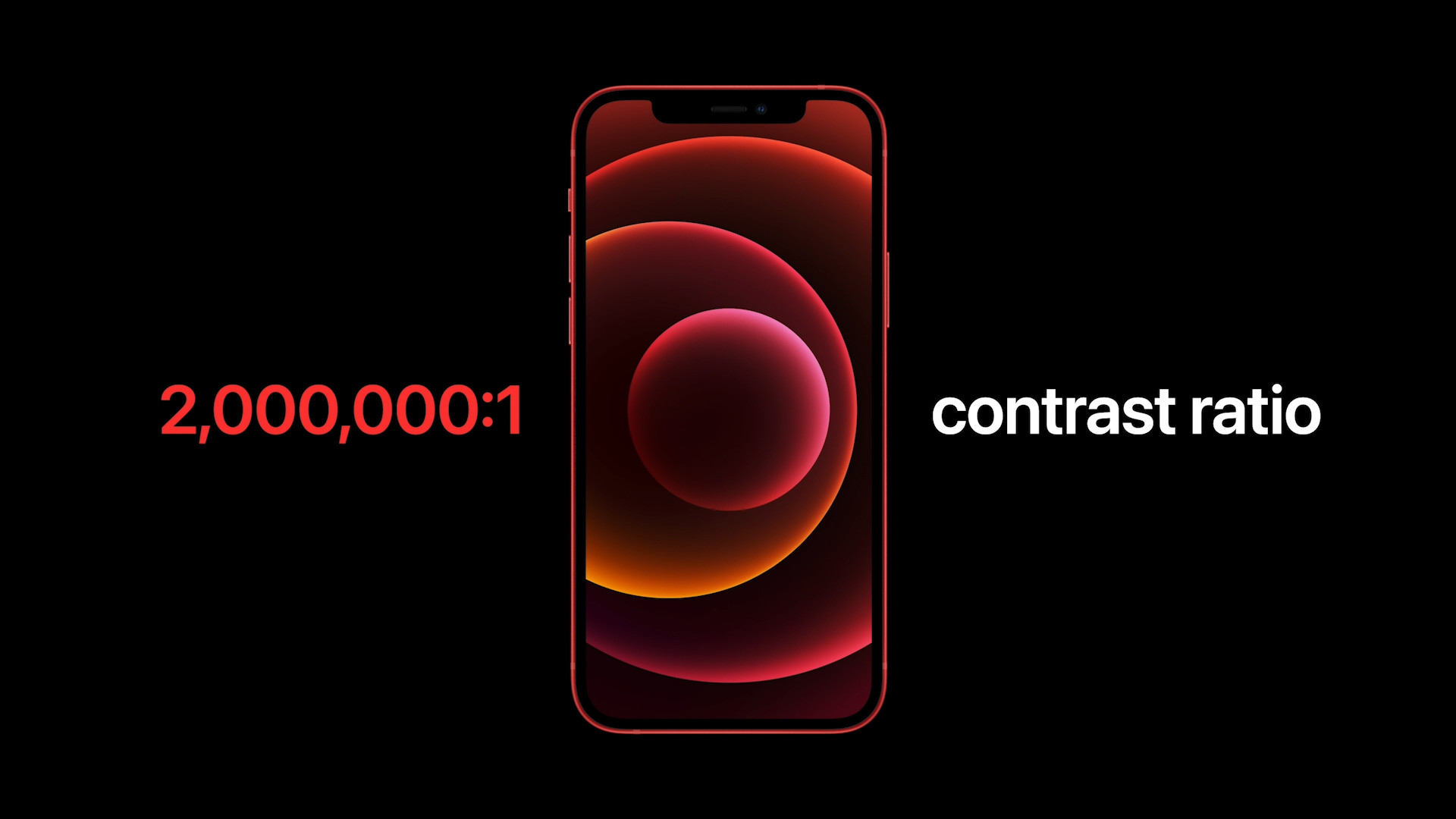
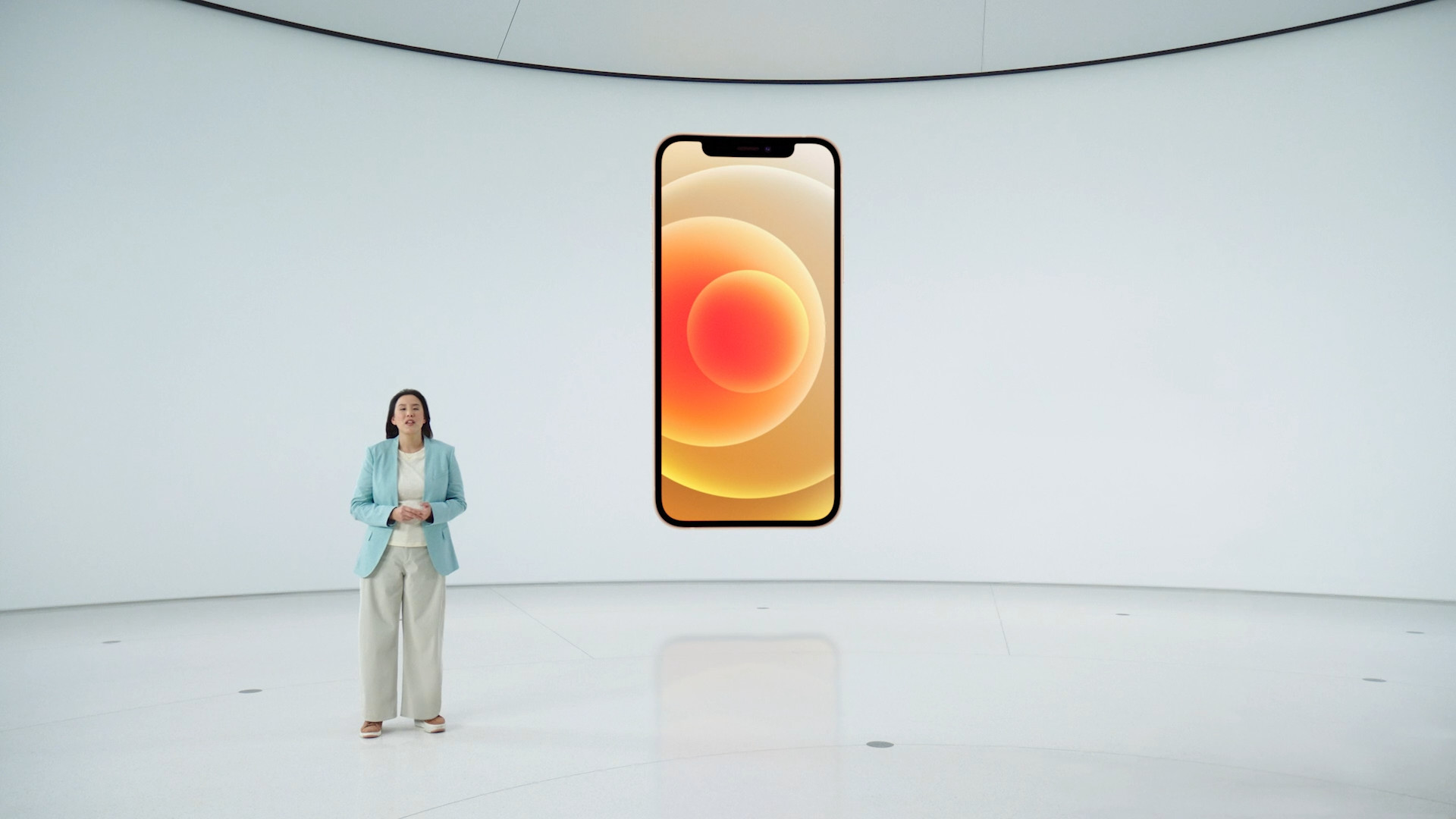
Face ID is mistaken more often :) At least with twins...
How many of these situations have you actually experienced? There have been a few videos on the internet, of course, but still Face ID is much more secure than Touch ID and the ratio stated in the article applies. Put a million people in front of Face ID, on average you get it wrong 1x, so it unlocks with two people. Put fifty thousand people in front of Touch ID, on average you get it wrong 1x, so it unlocks with two people. If you put a million people in front of Touch ID, it will unlock on average 200 times, so 201 people will unlock it.
And please, how many people have you met who unlocked your phone on the street? You write bullshit, as if someone was walking down the street with a 3d printed bust of a modeled head waiting for your phone to fall out and unlock it. Same with the fingerprint, I've never had anyone get into my phone.
Please? This data is provided by Apple itself, so please find out about it first before writing such a comment.
The author of the article uses the word "after" all the time. Pretty scary…
... 18 times. Almost enough, right?
Ajo ie strength :-D
Hello, I would like to ask how long is the lifespan of the beautiful color contrast with the OLED display during daily use before organic substances degrade and if the color change will adversely affect the appearance of the display.
I personally have been using OLED phones ever since Samsung, currently the Note 10 Plus since it went on sale and I have never noticed or heard of “org degradation. substances". Otherwise, Apple's OLED displays are supplied by Samsung, so that's it.